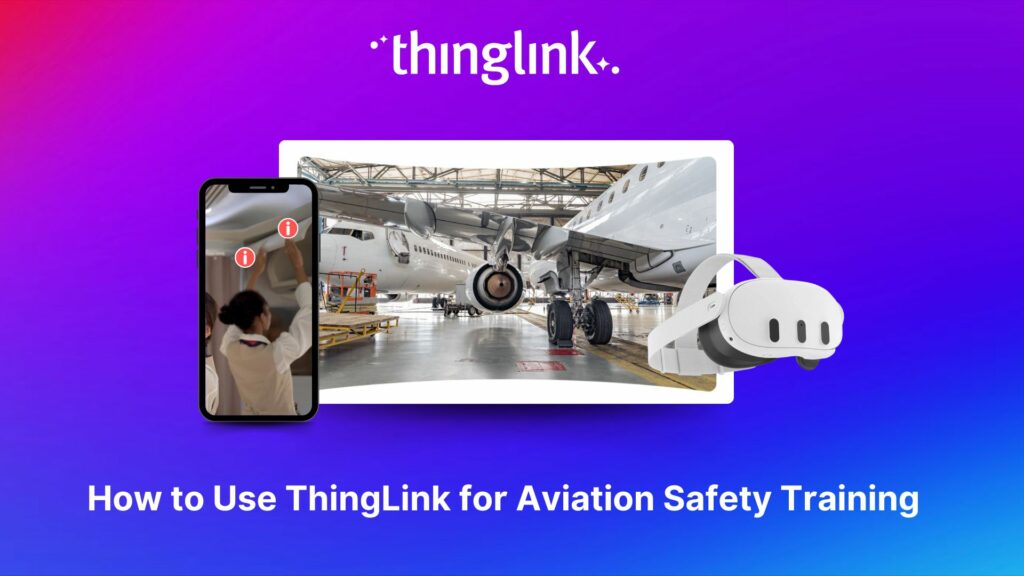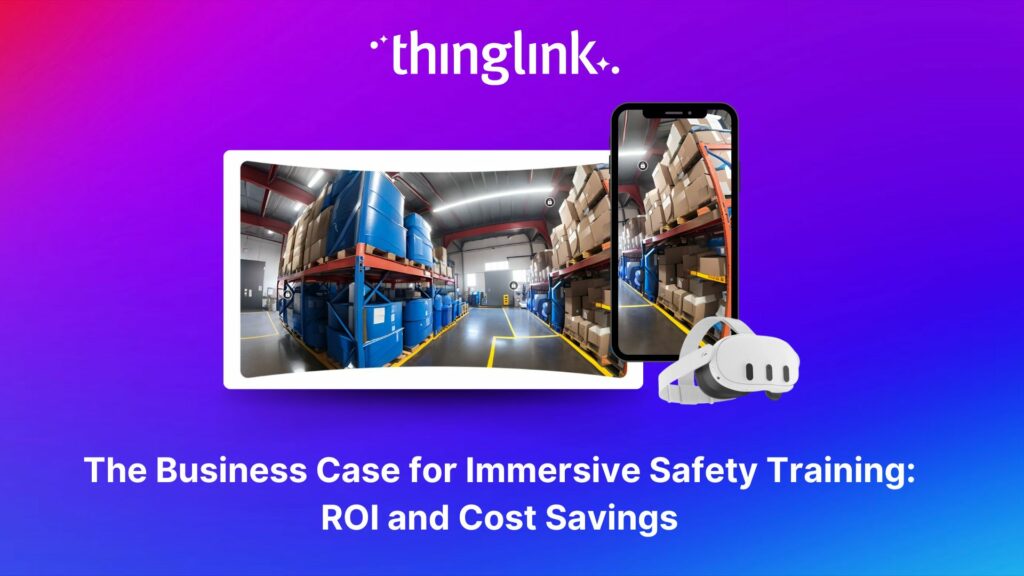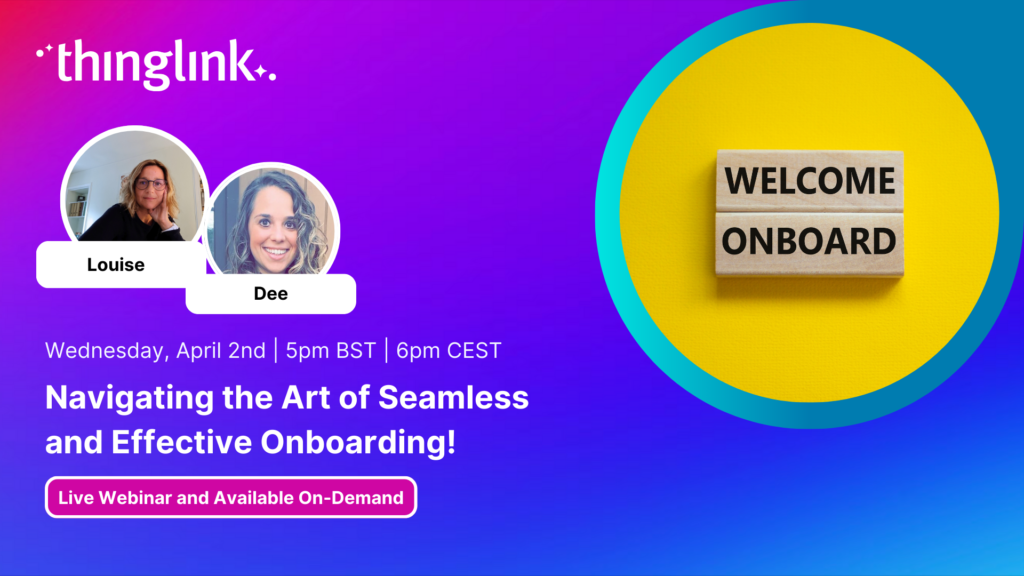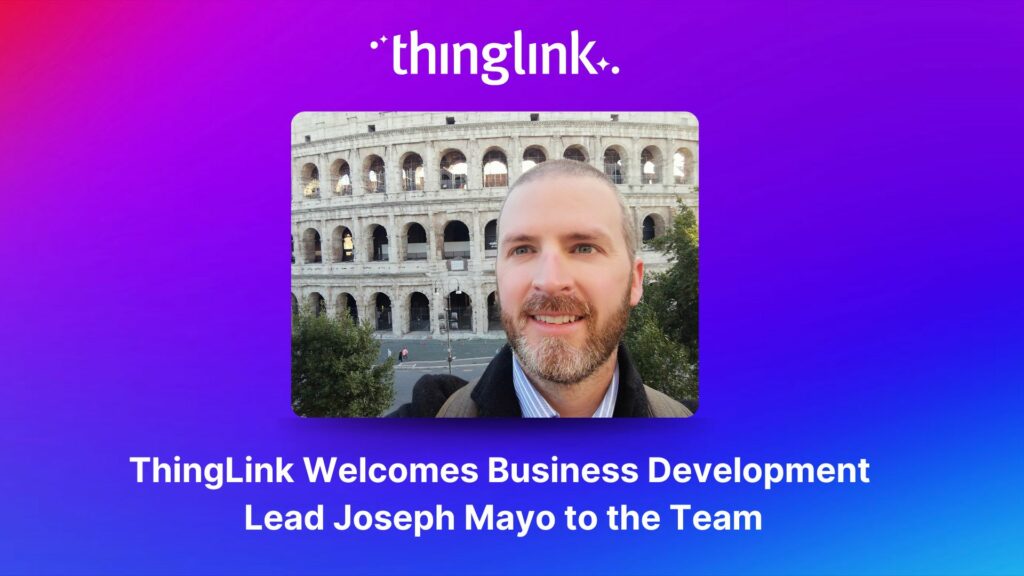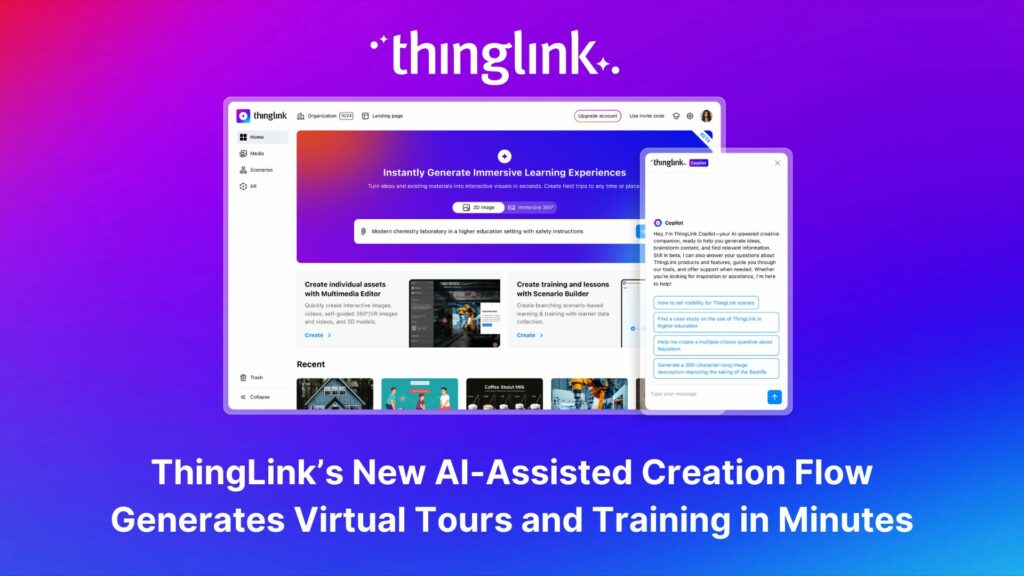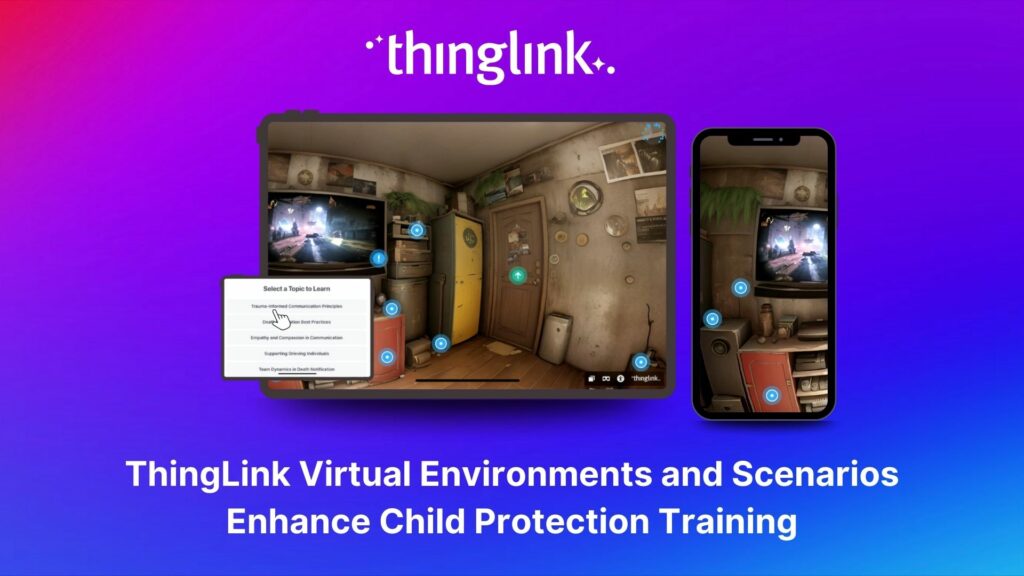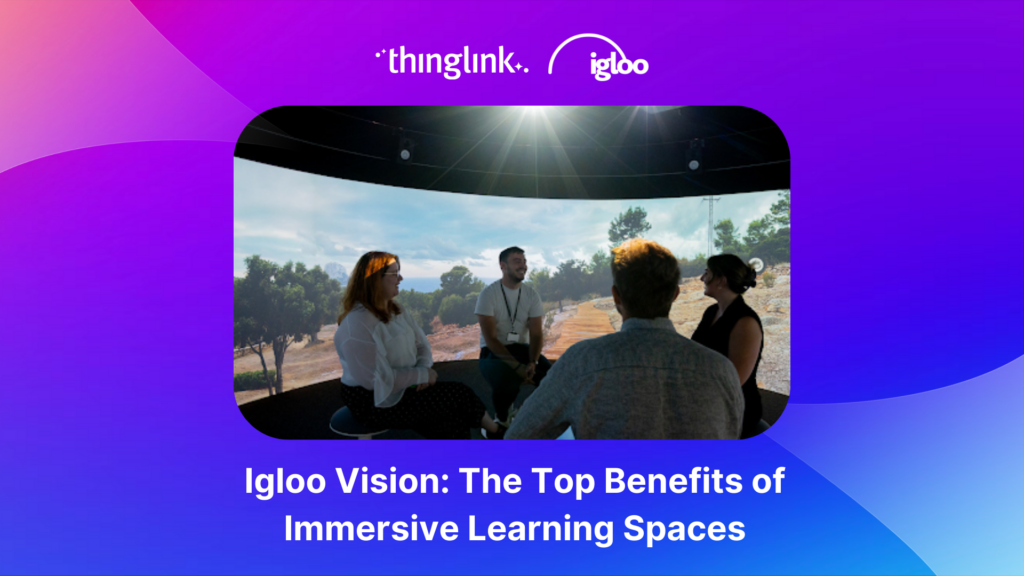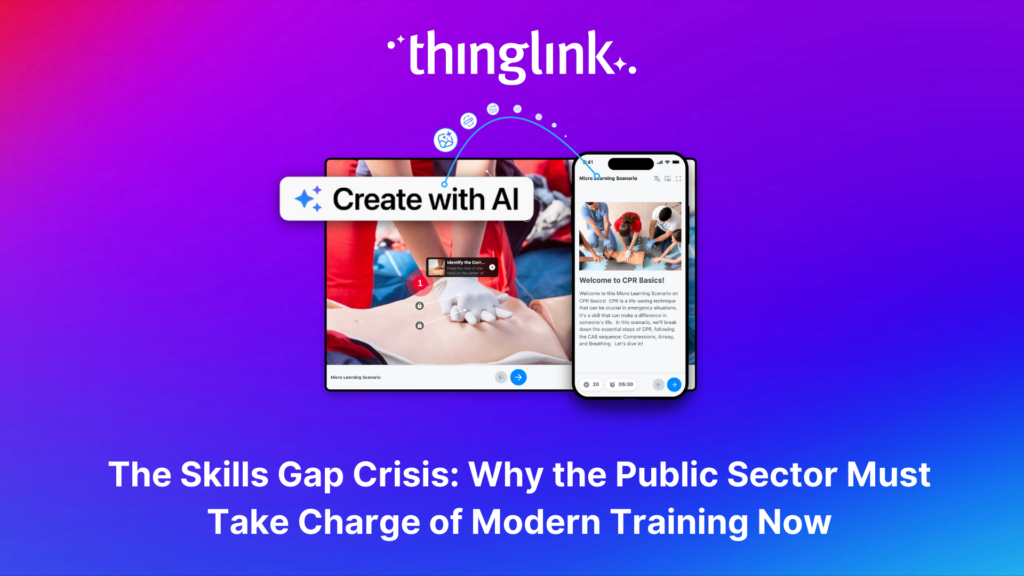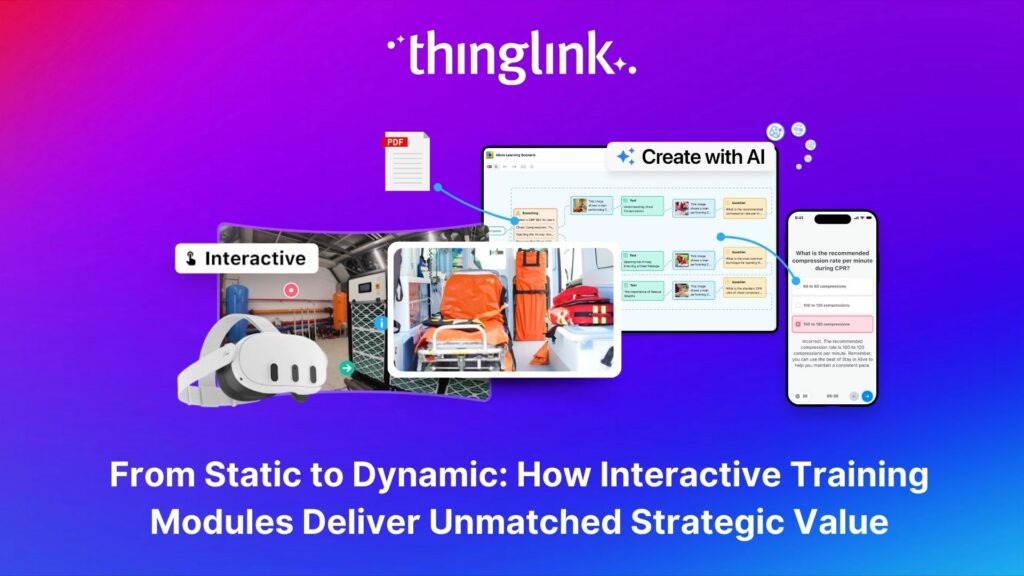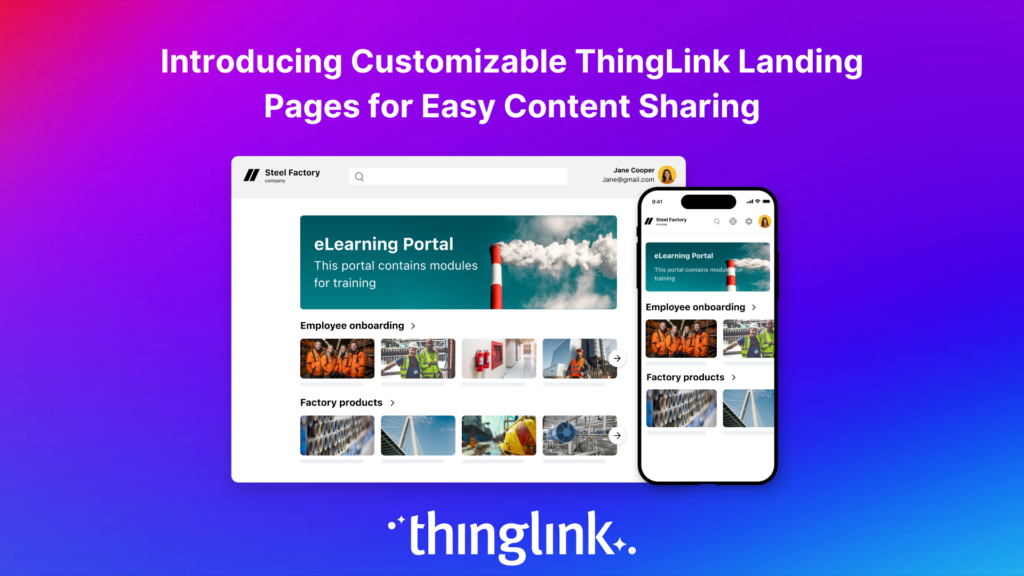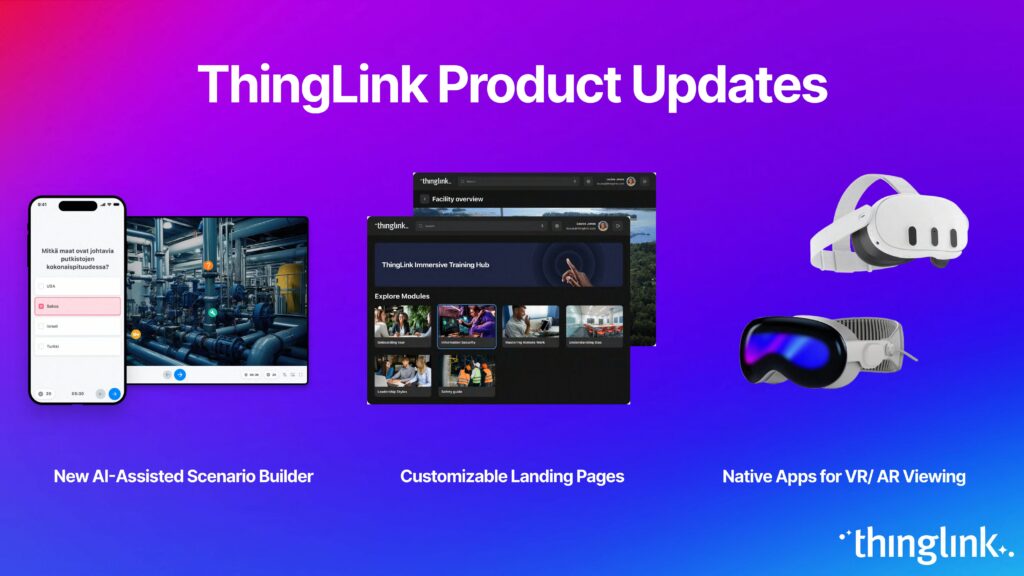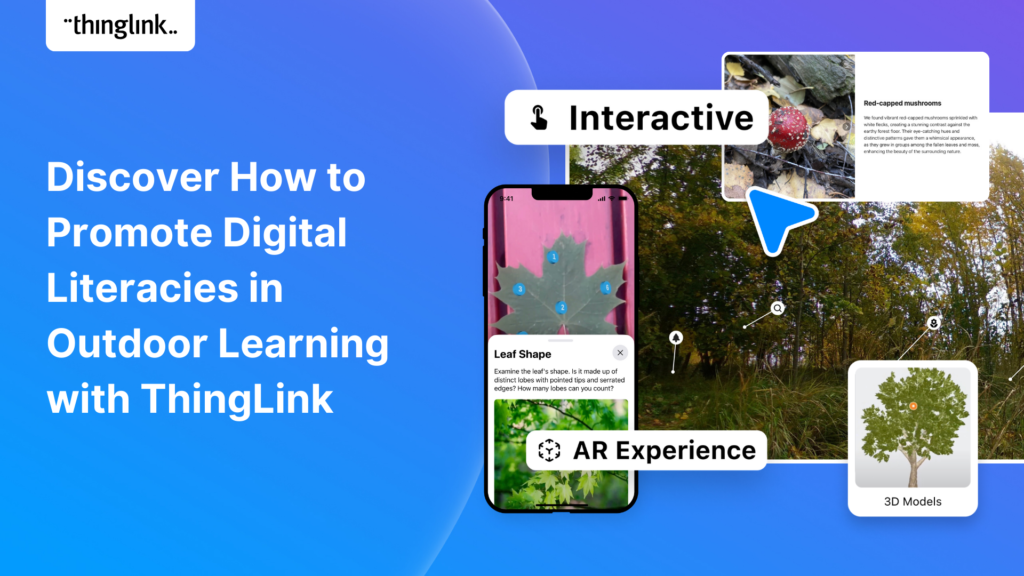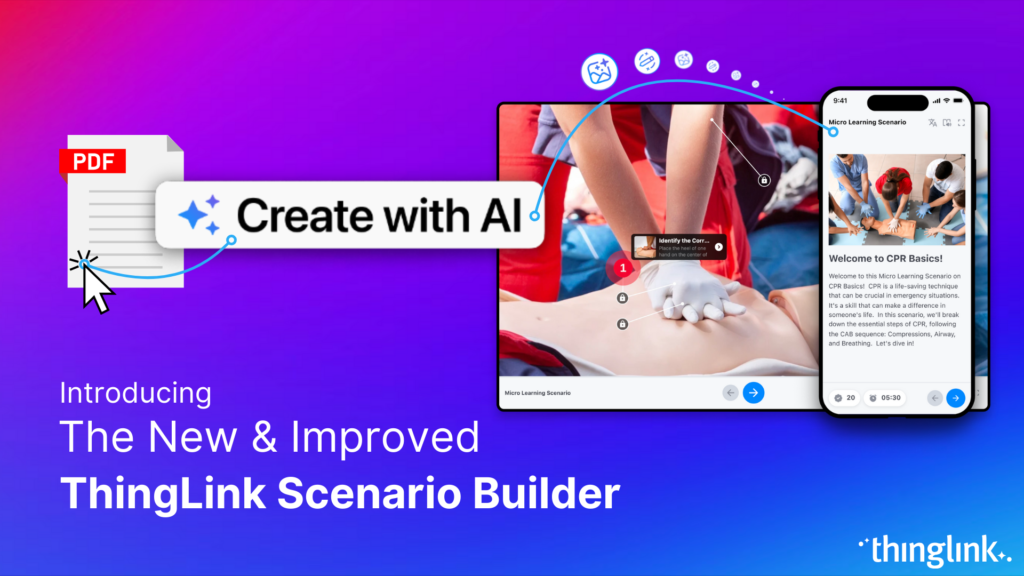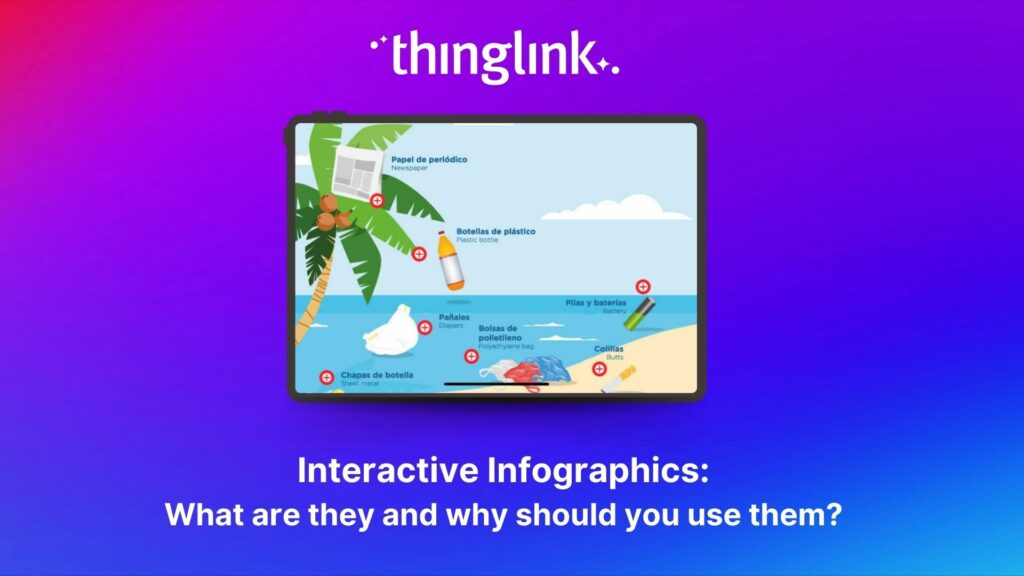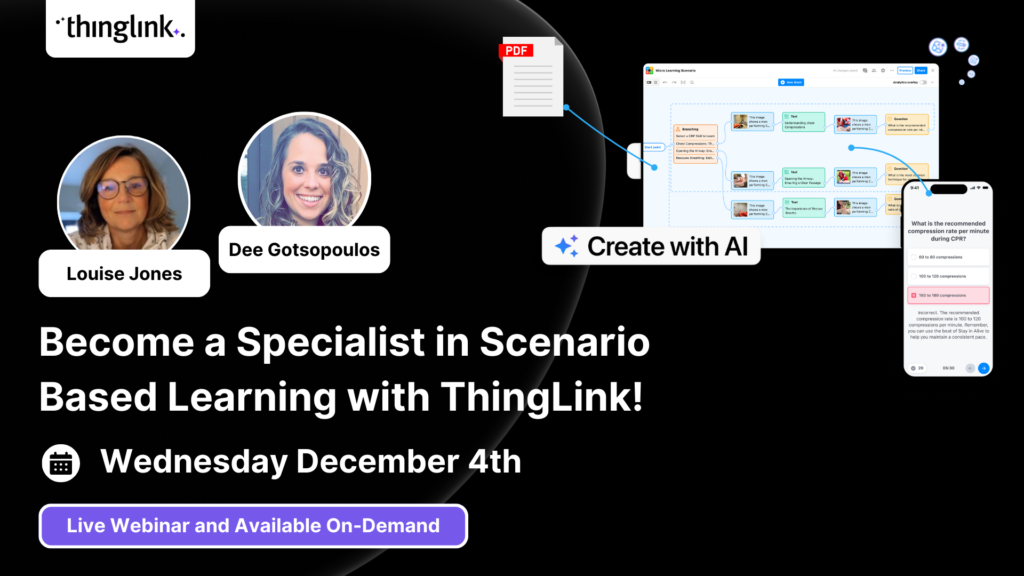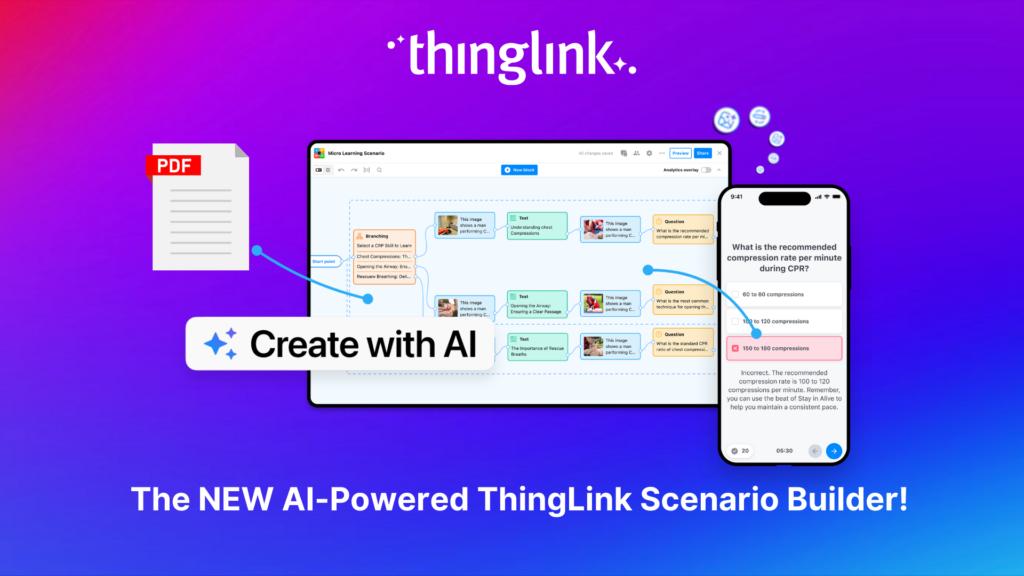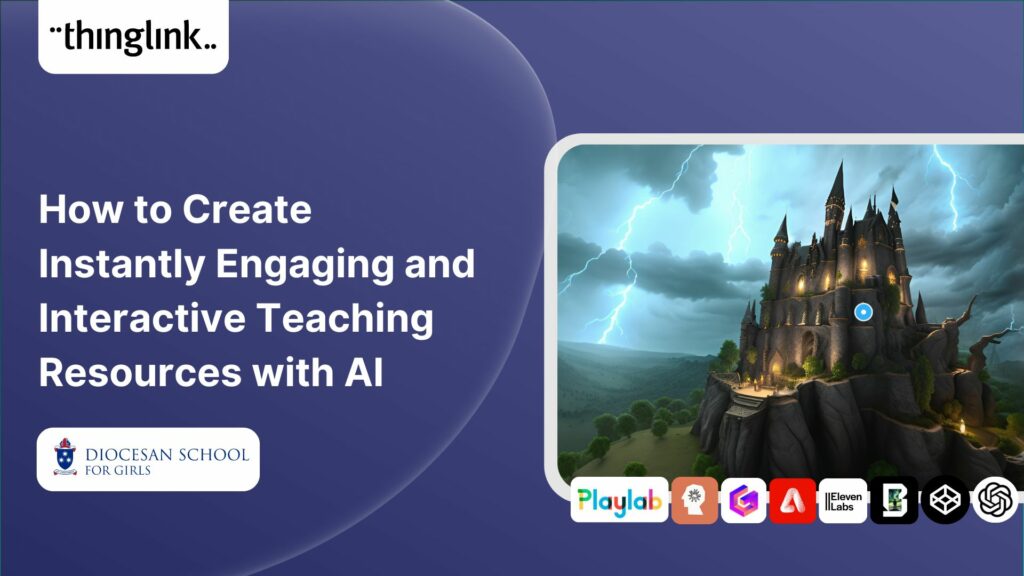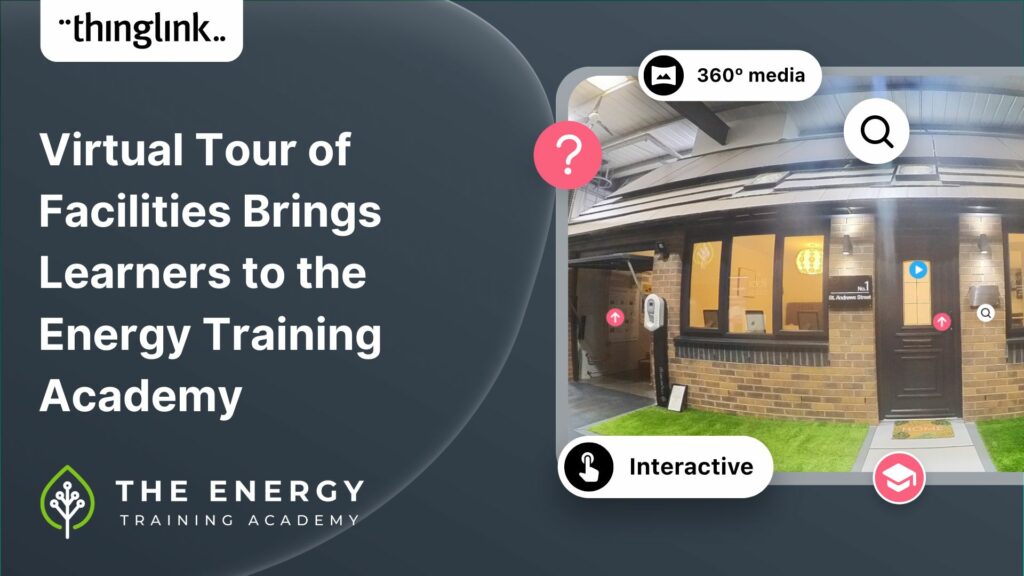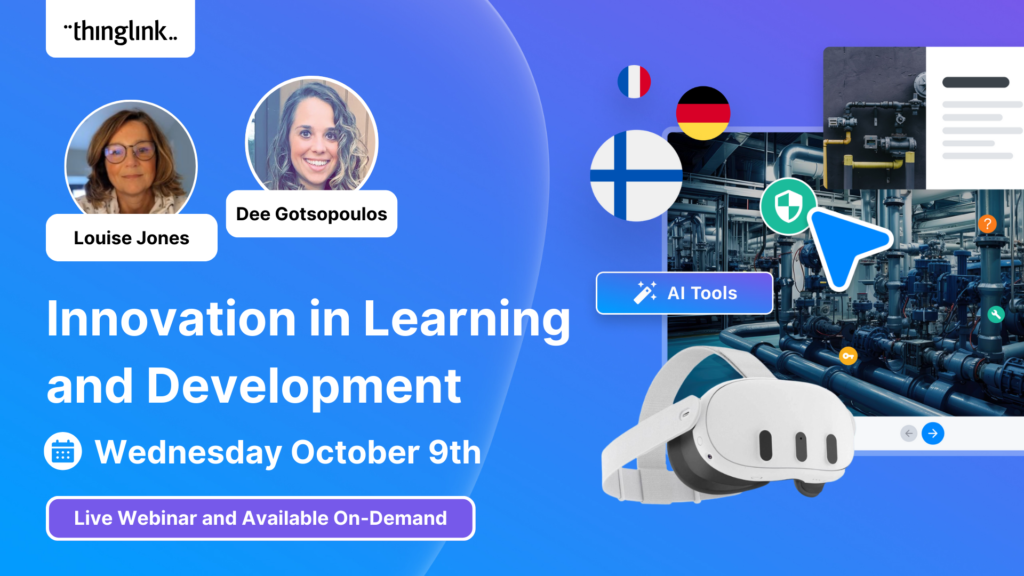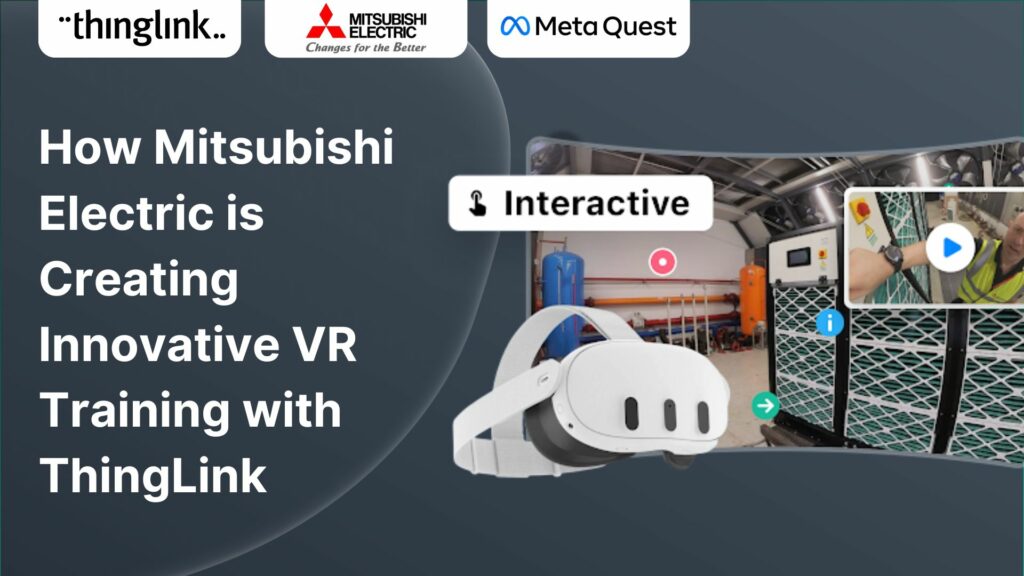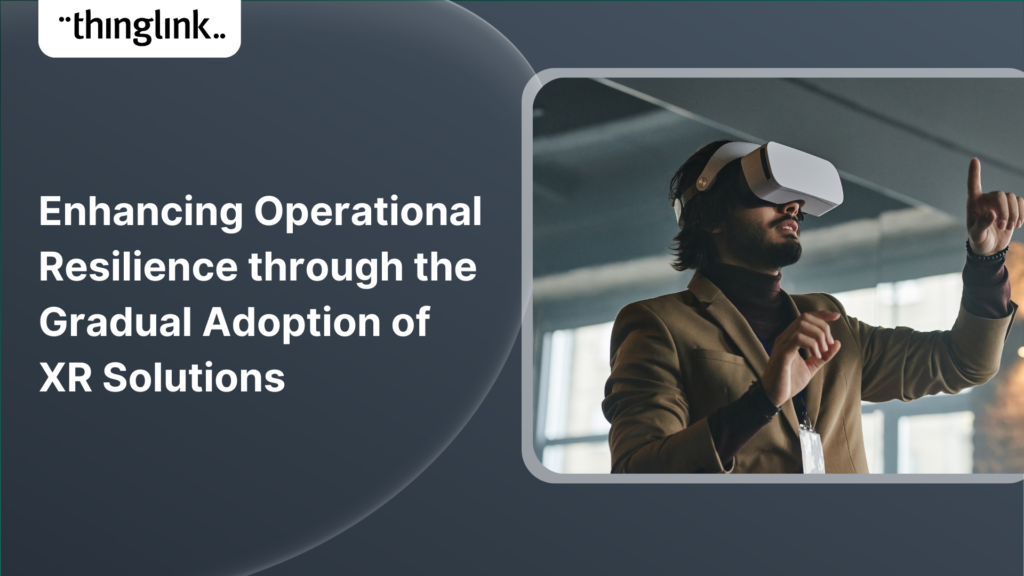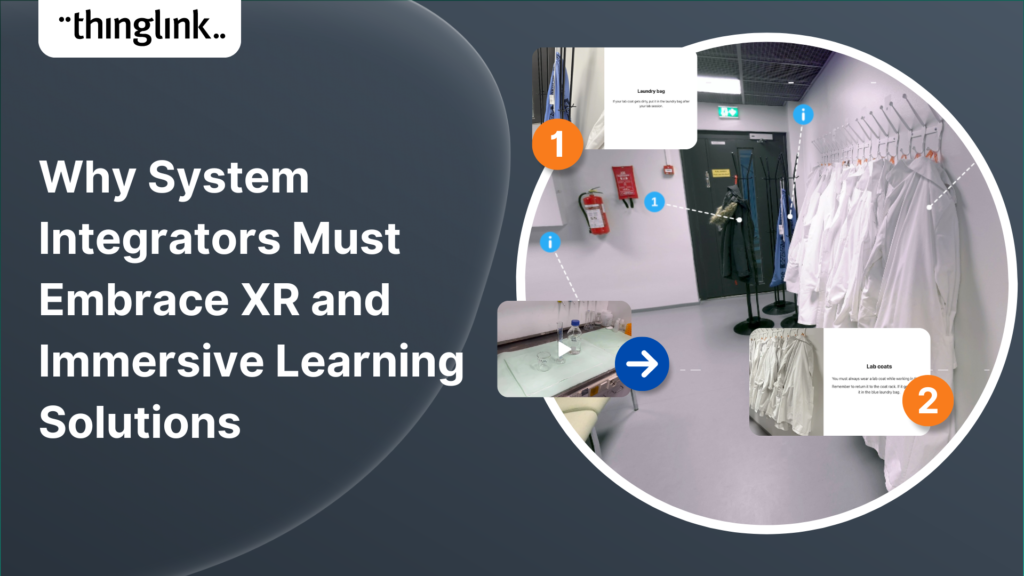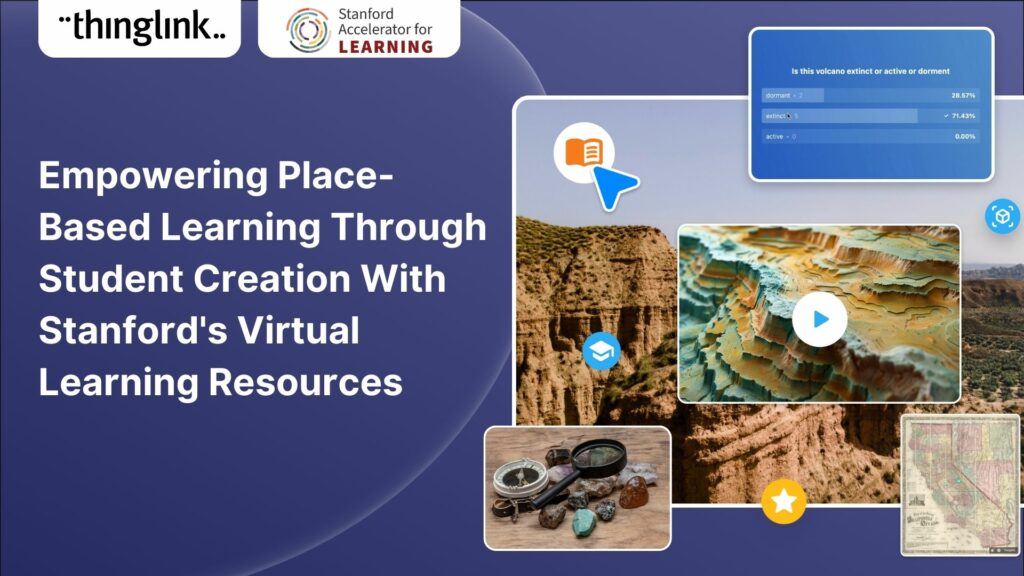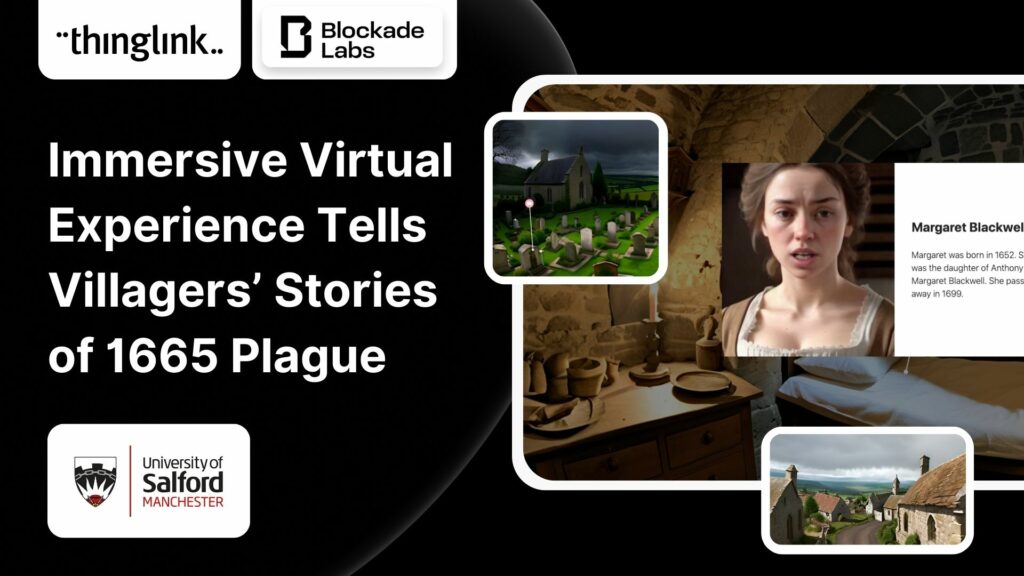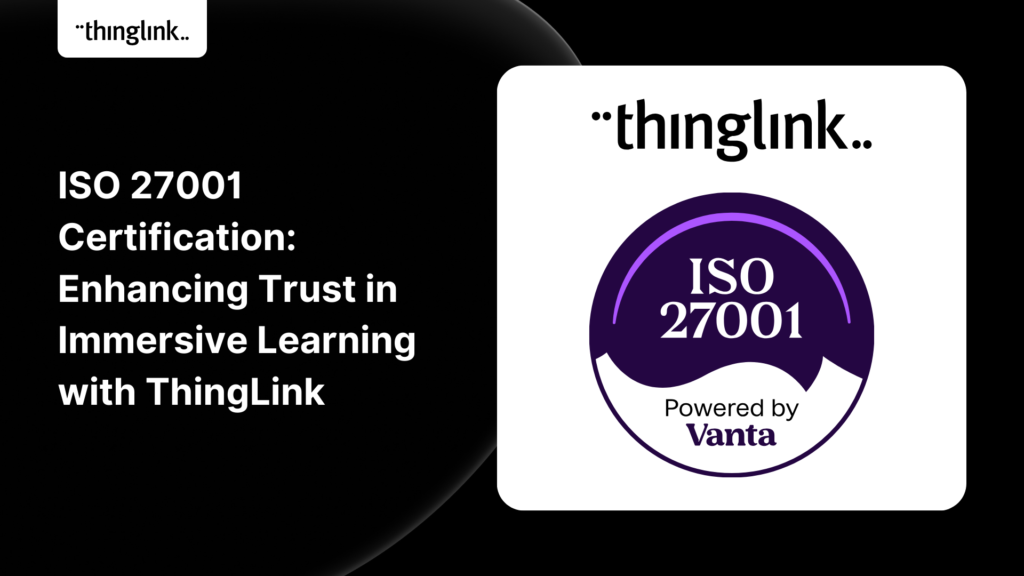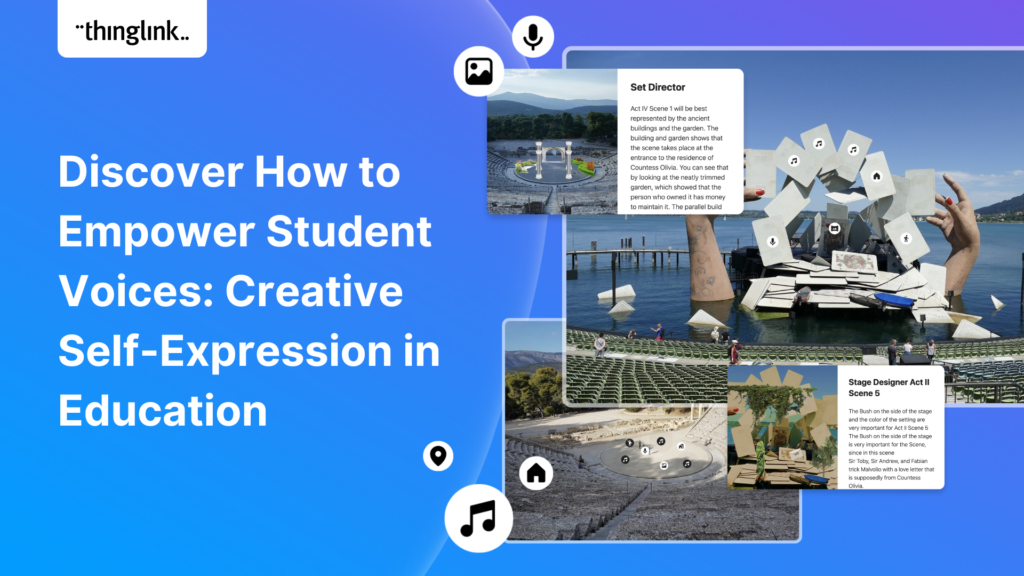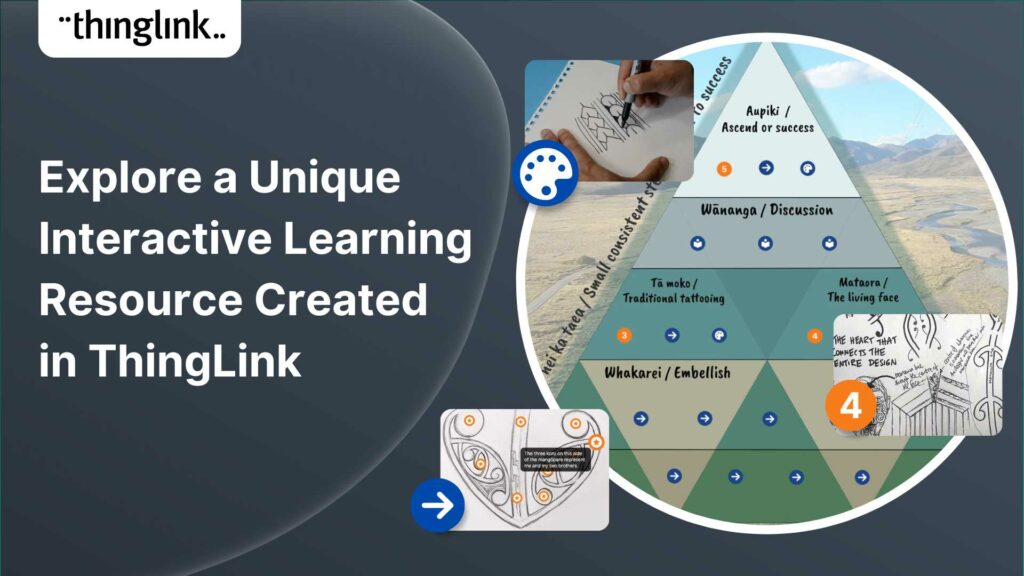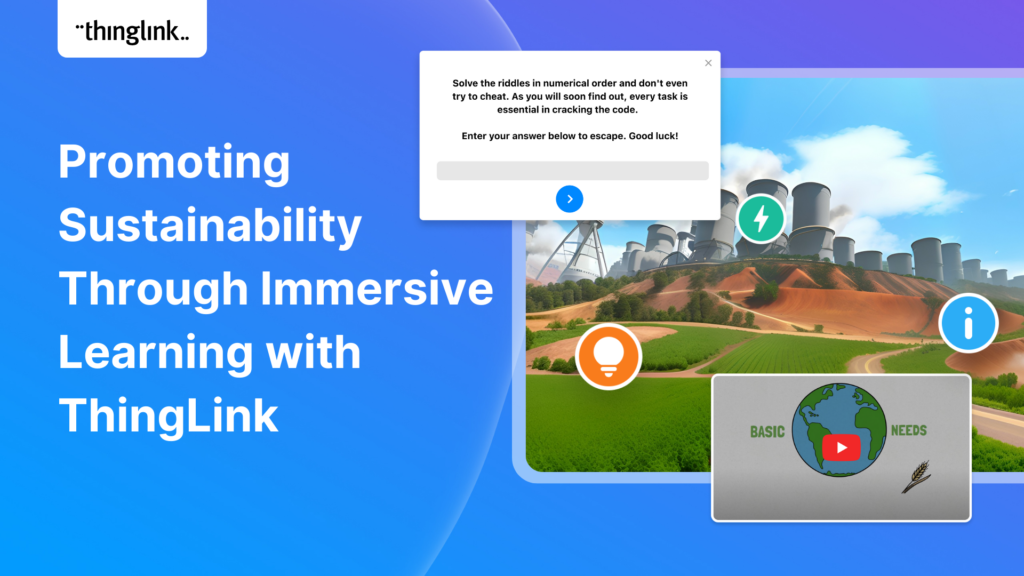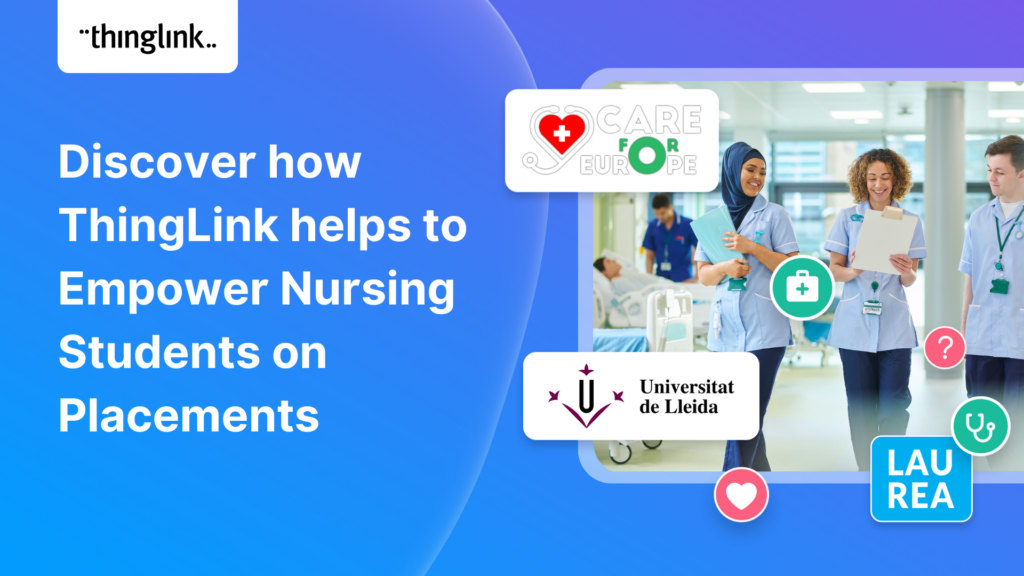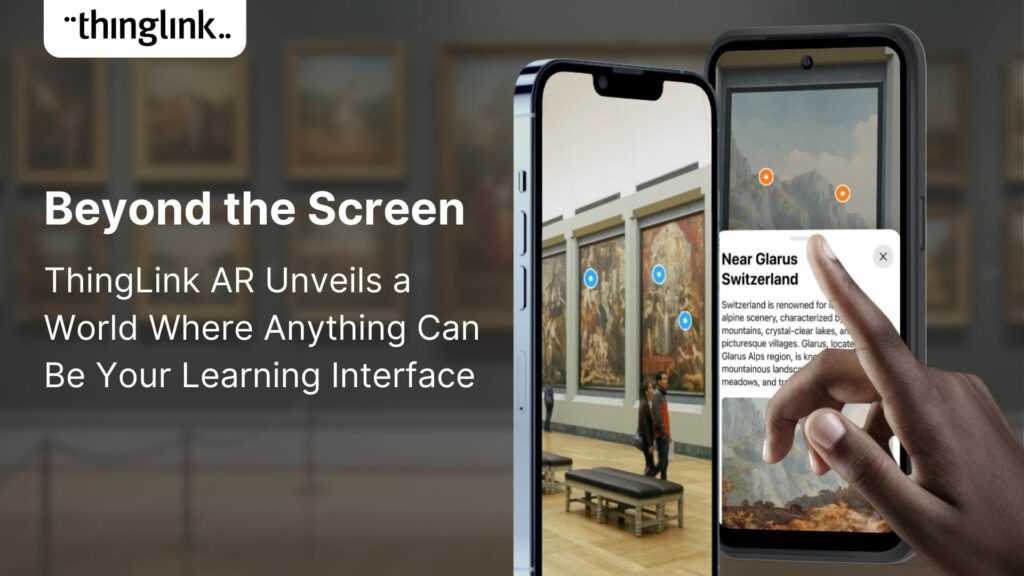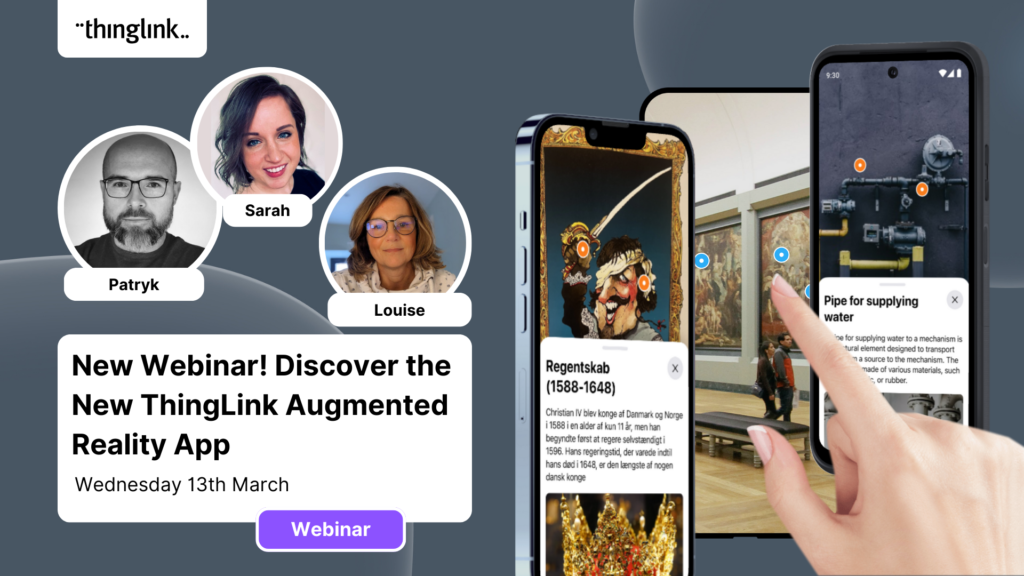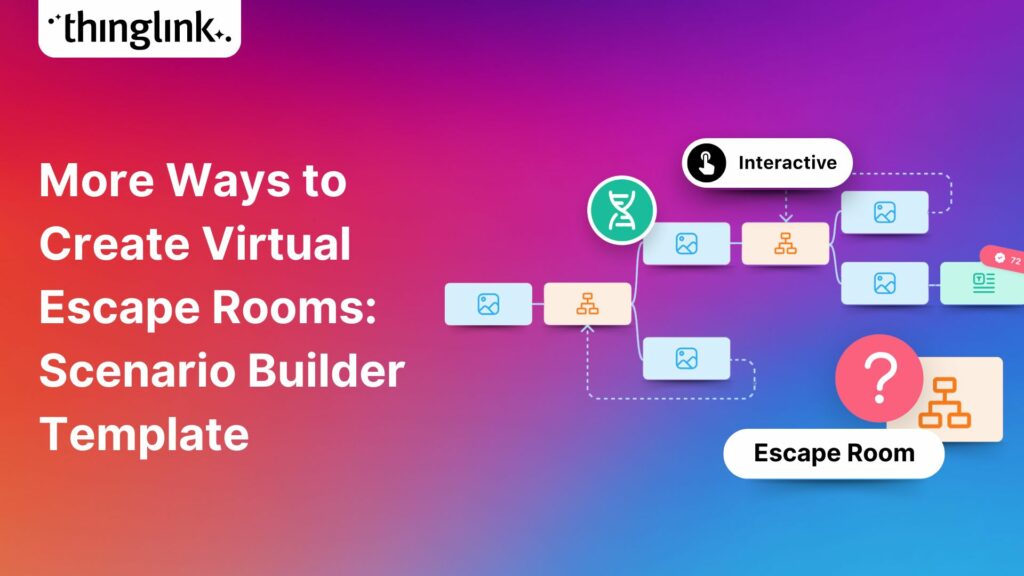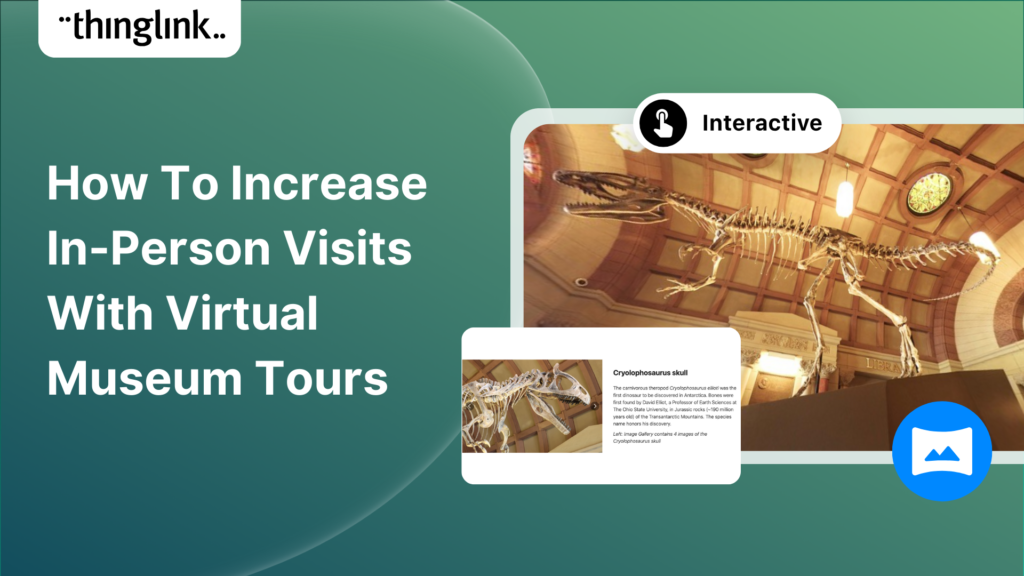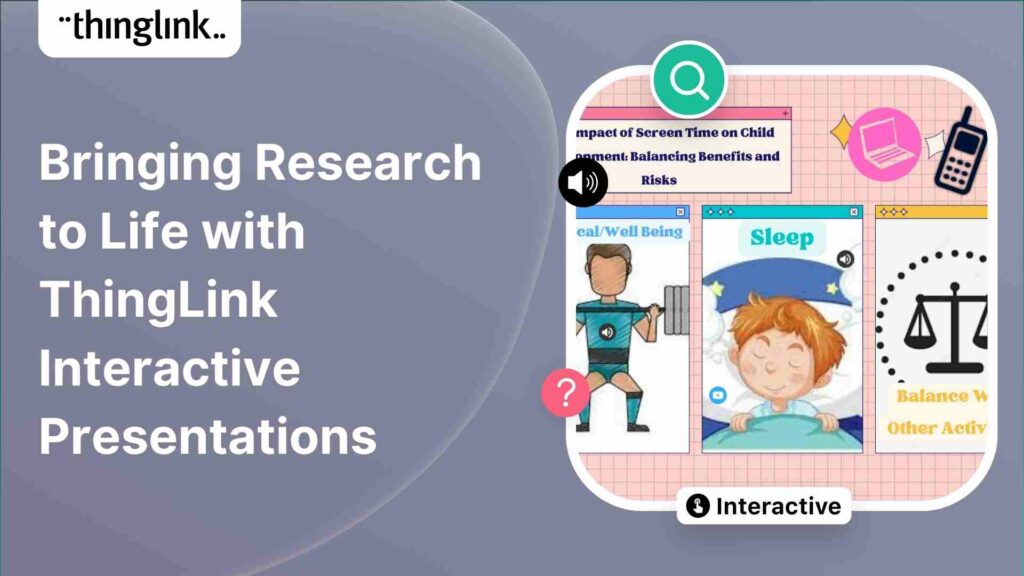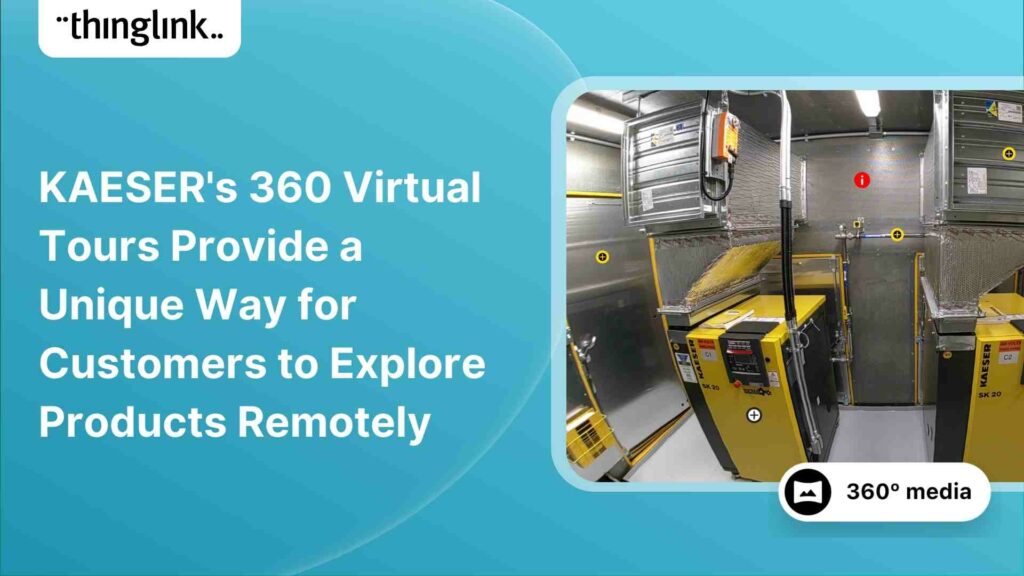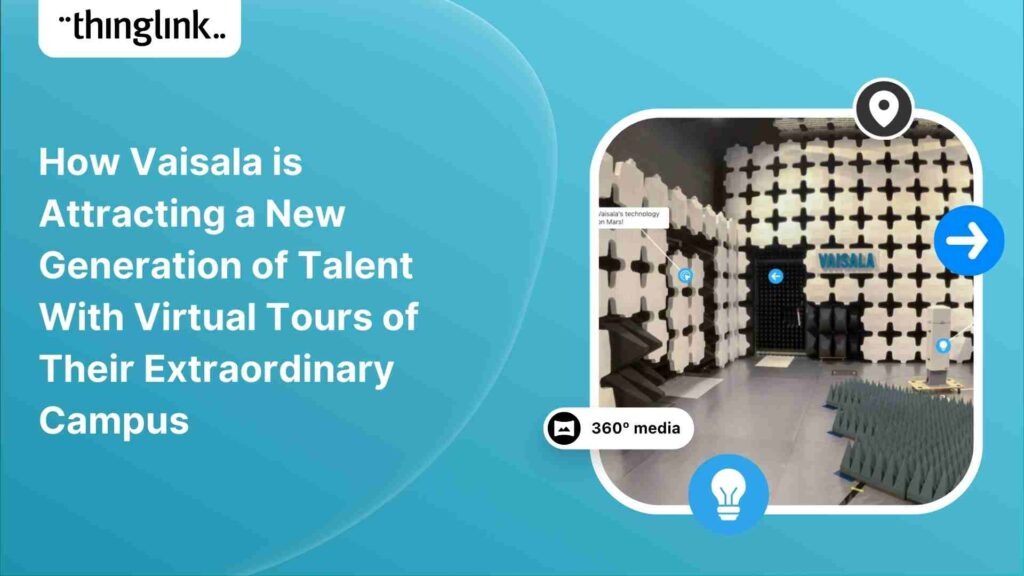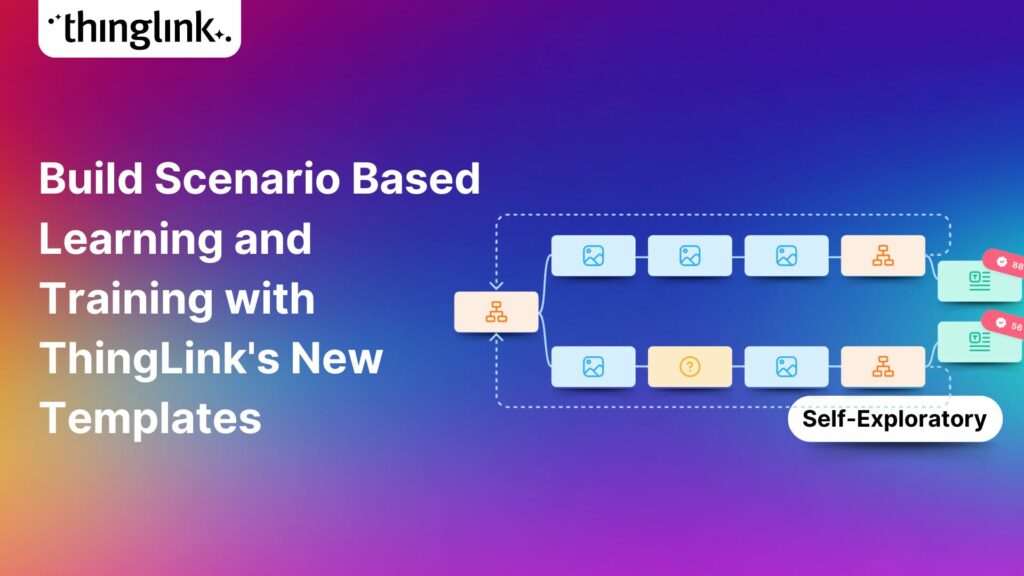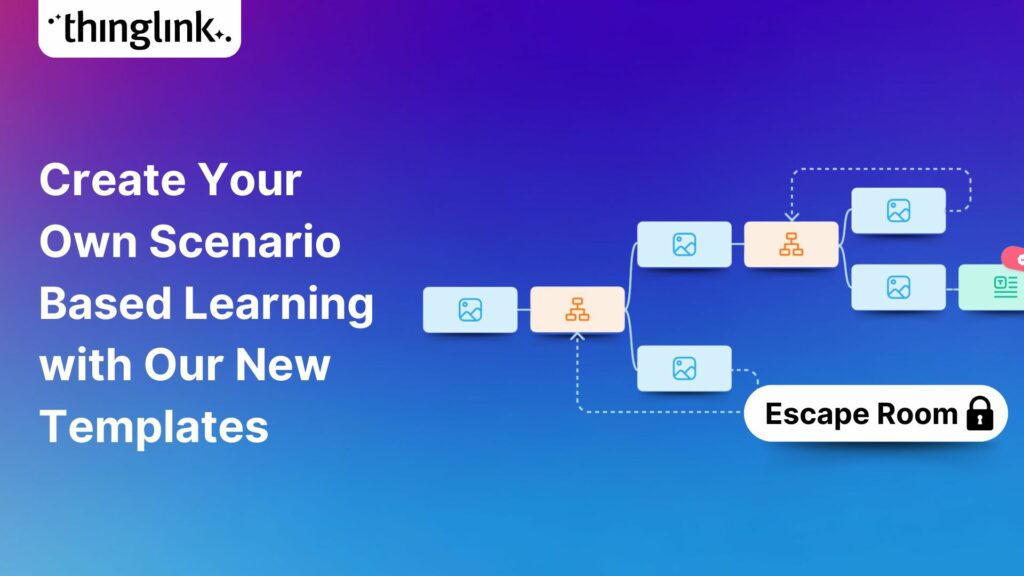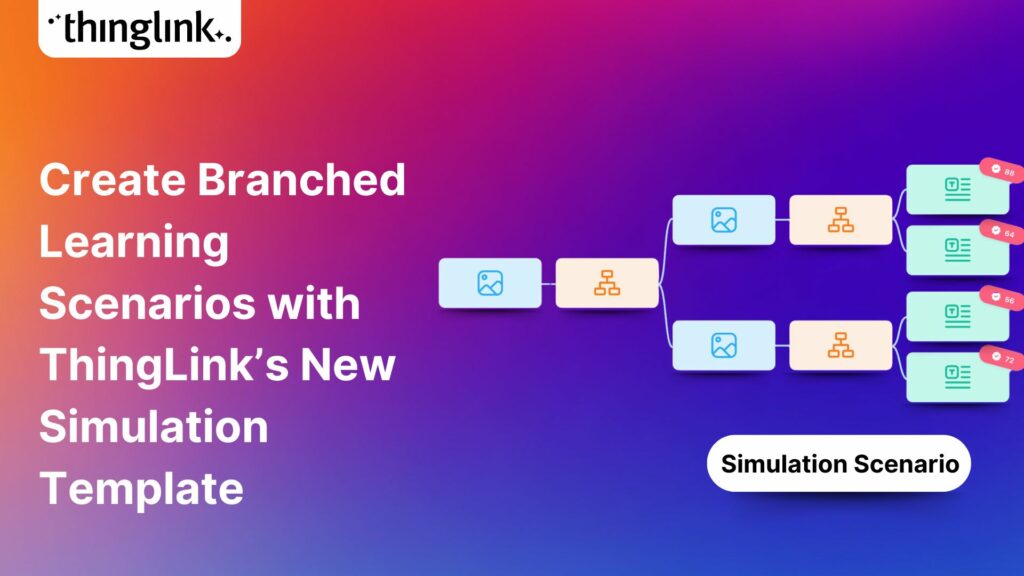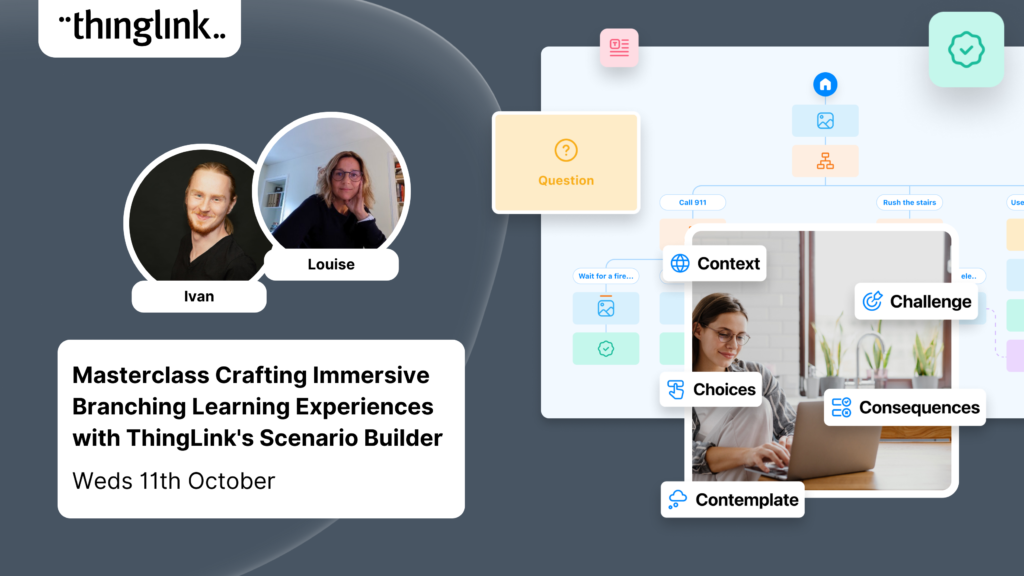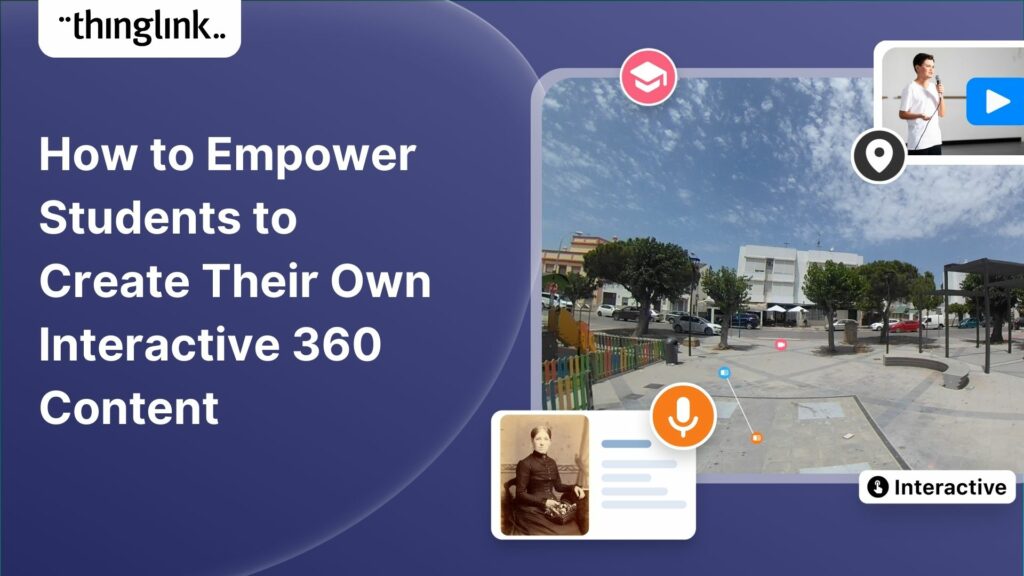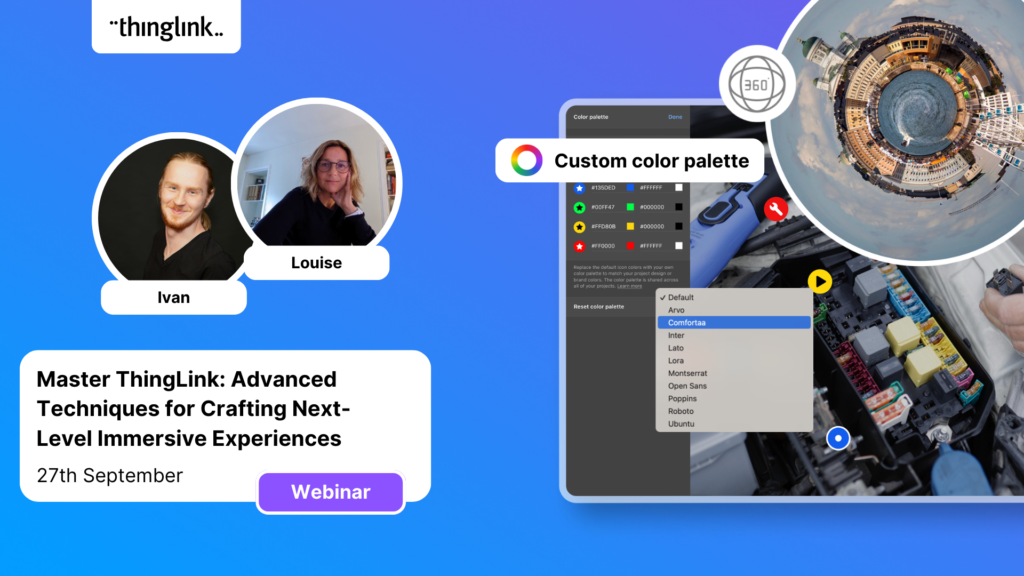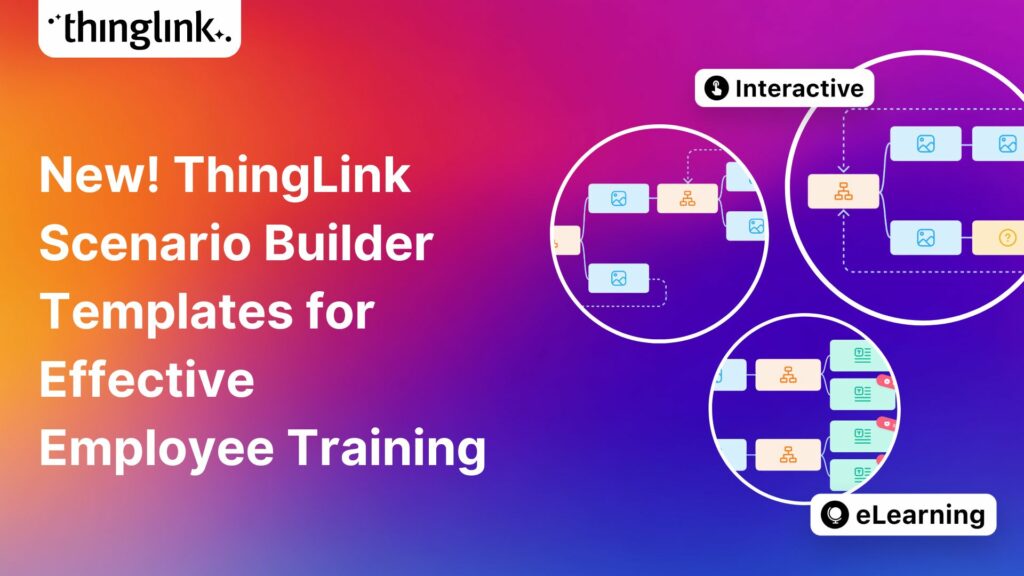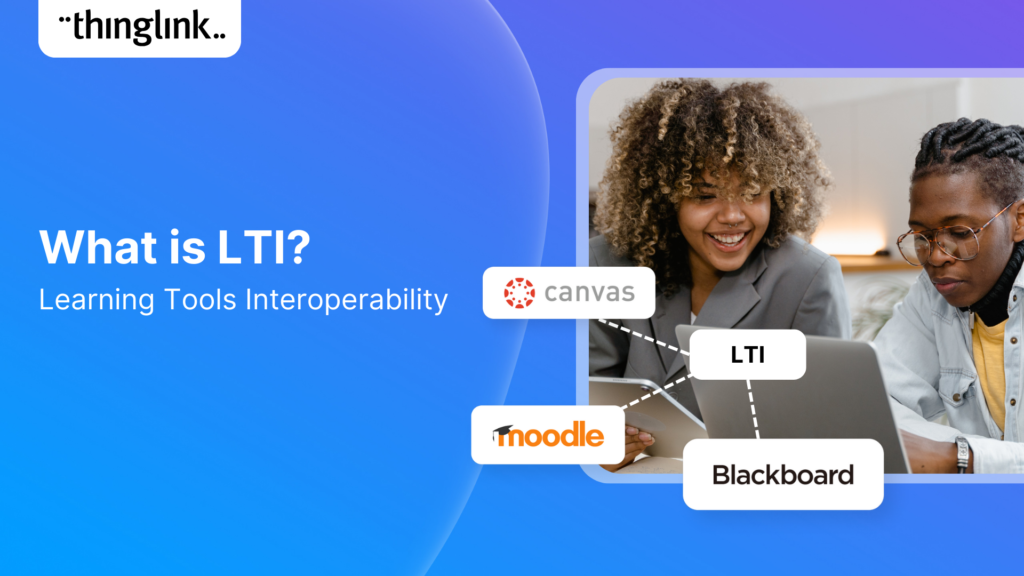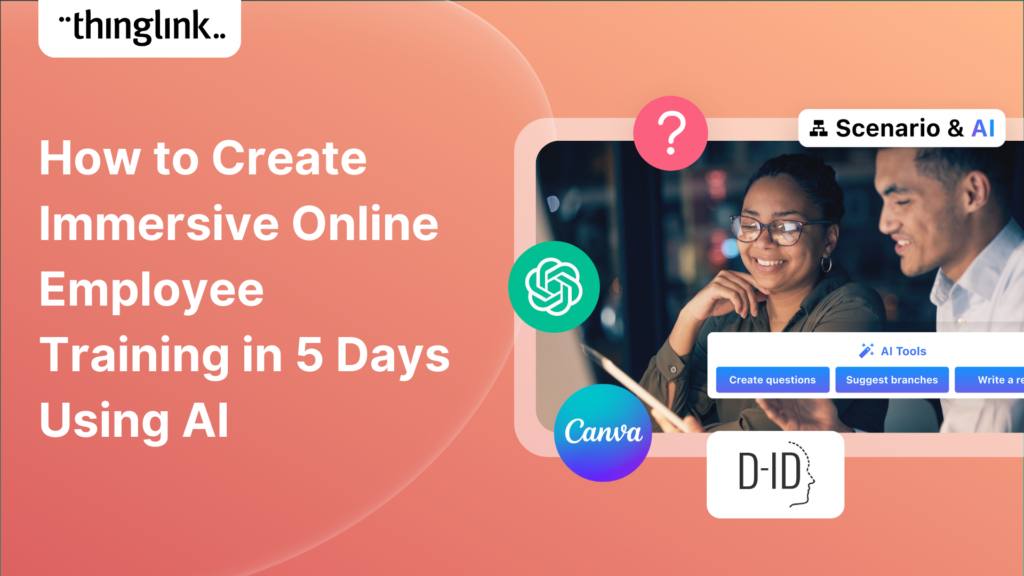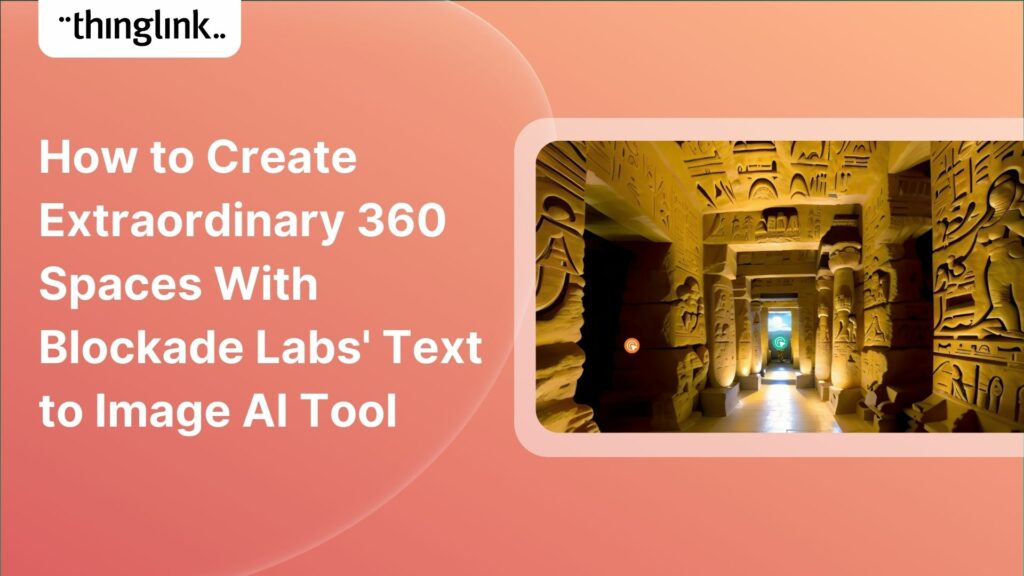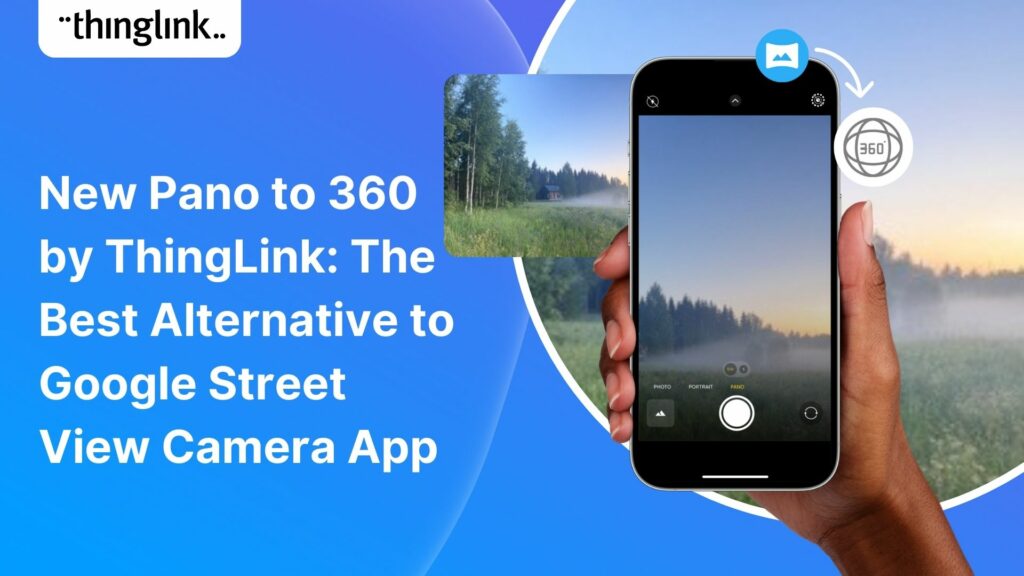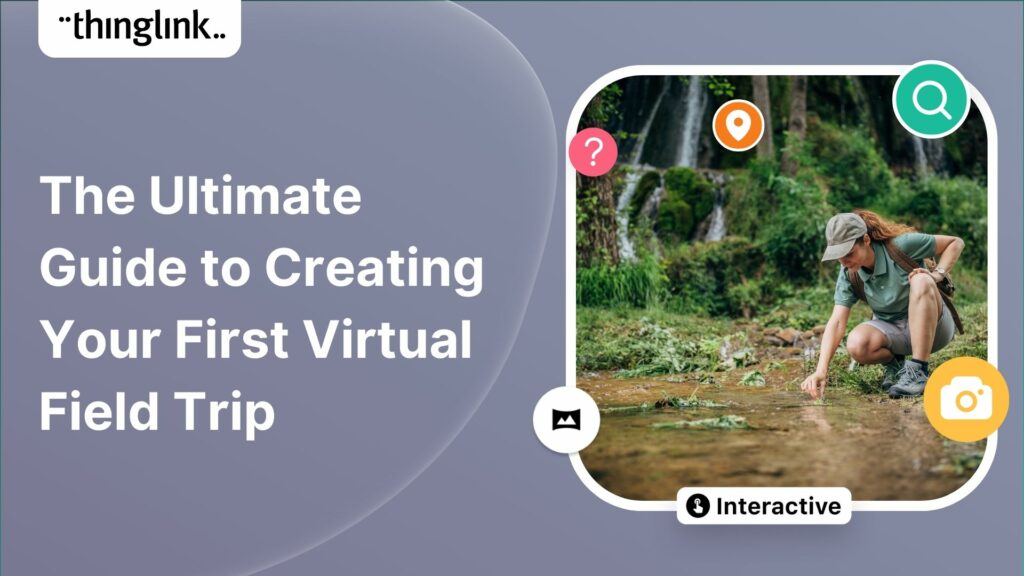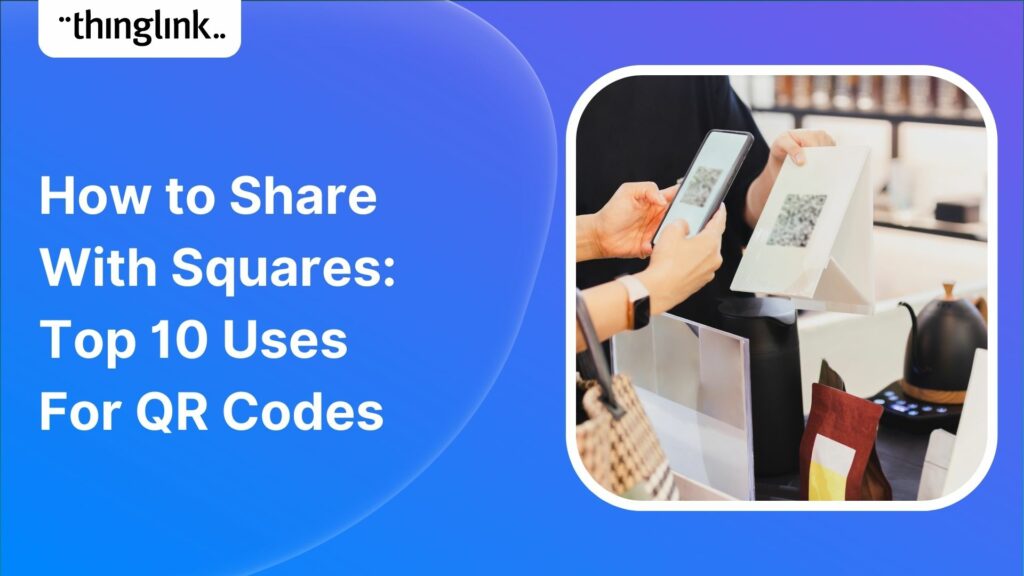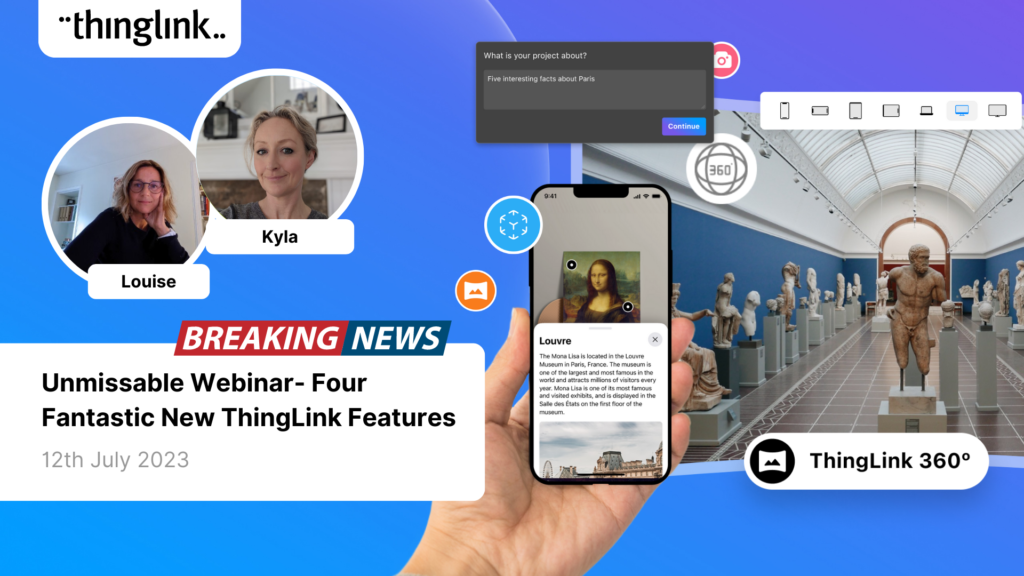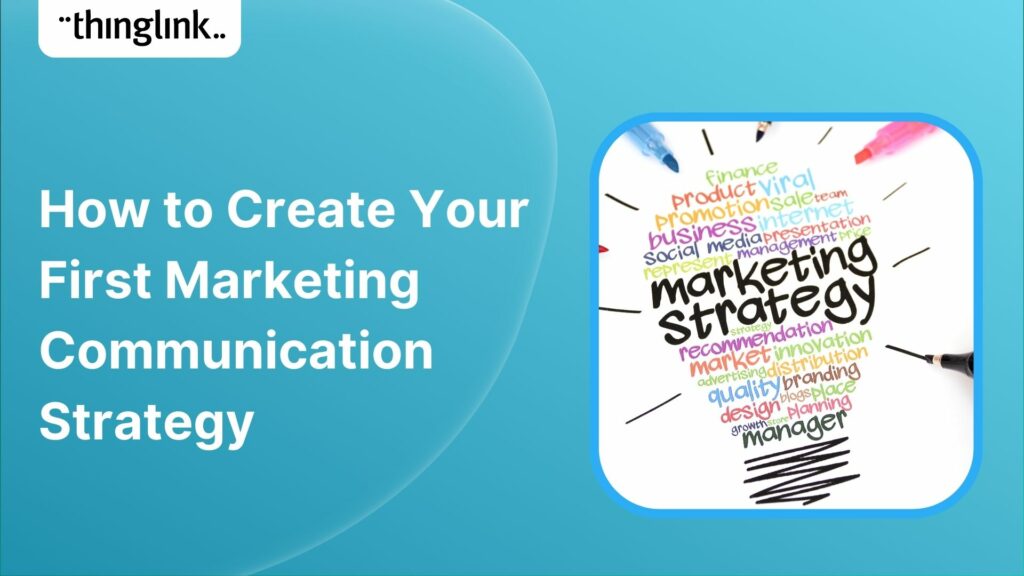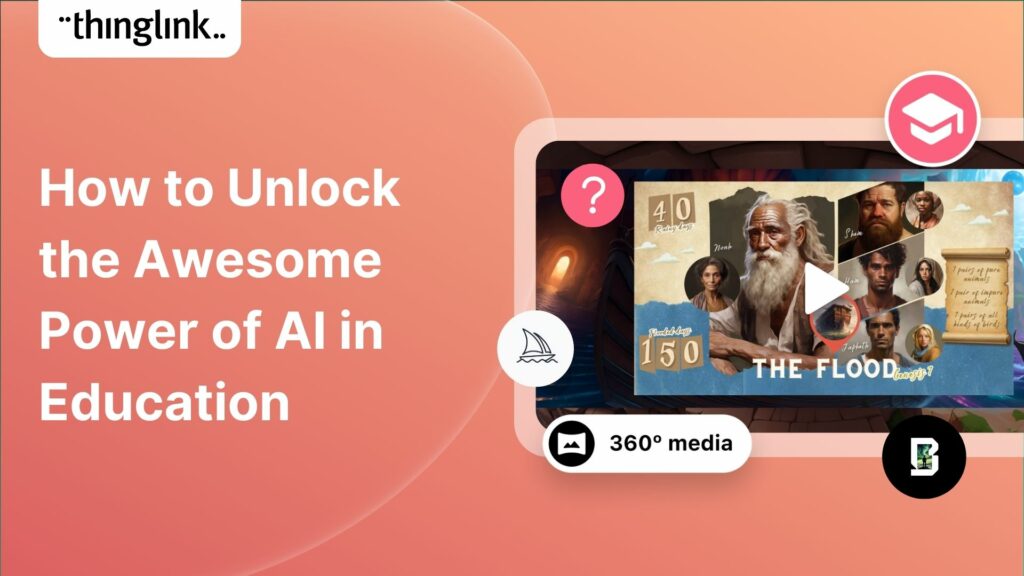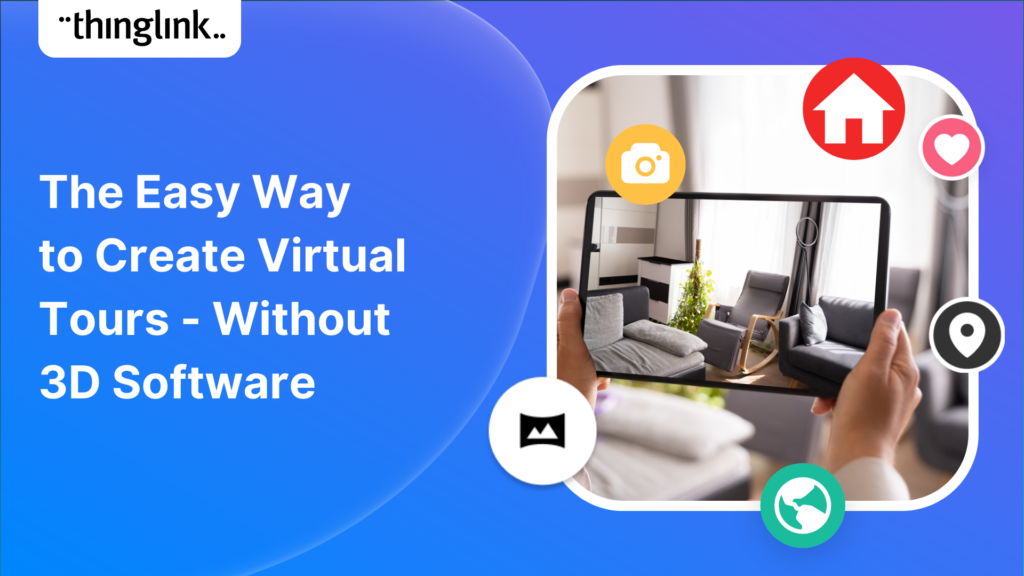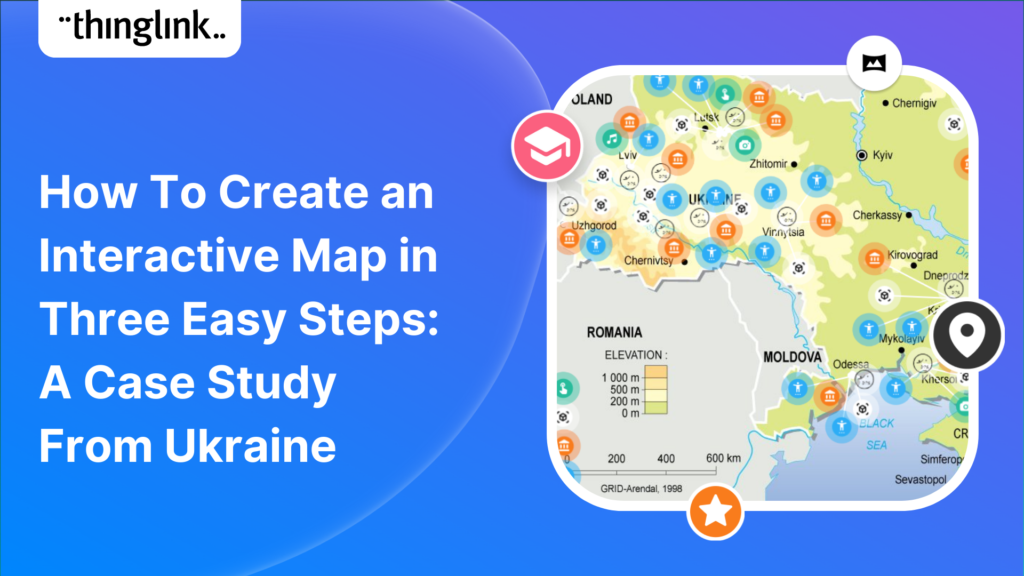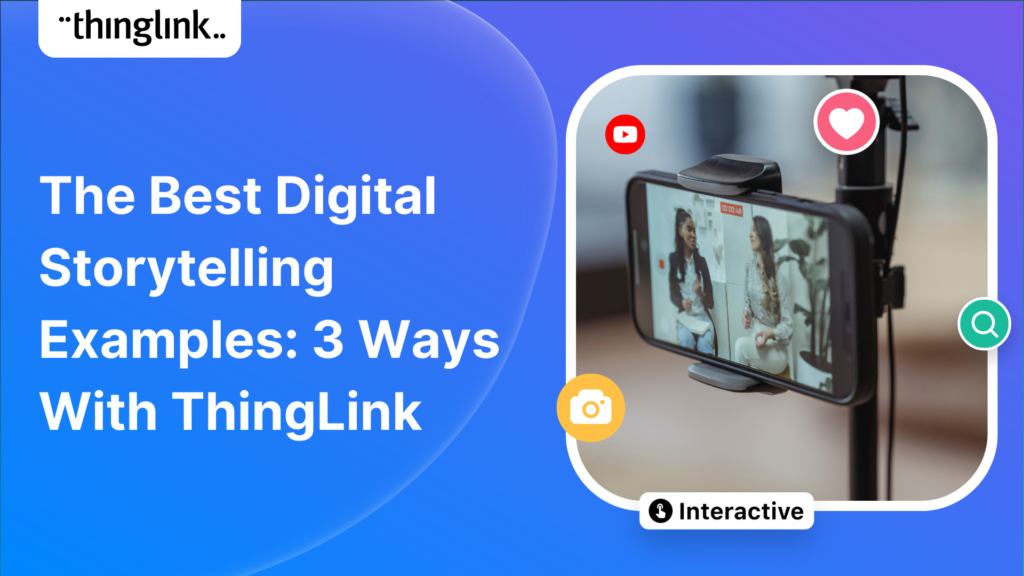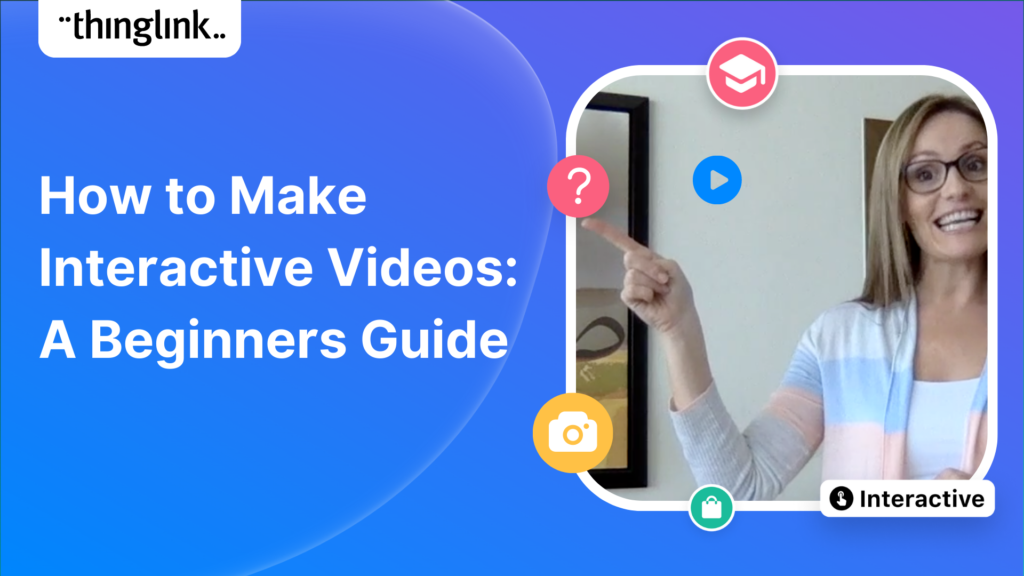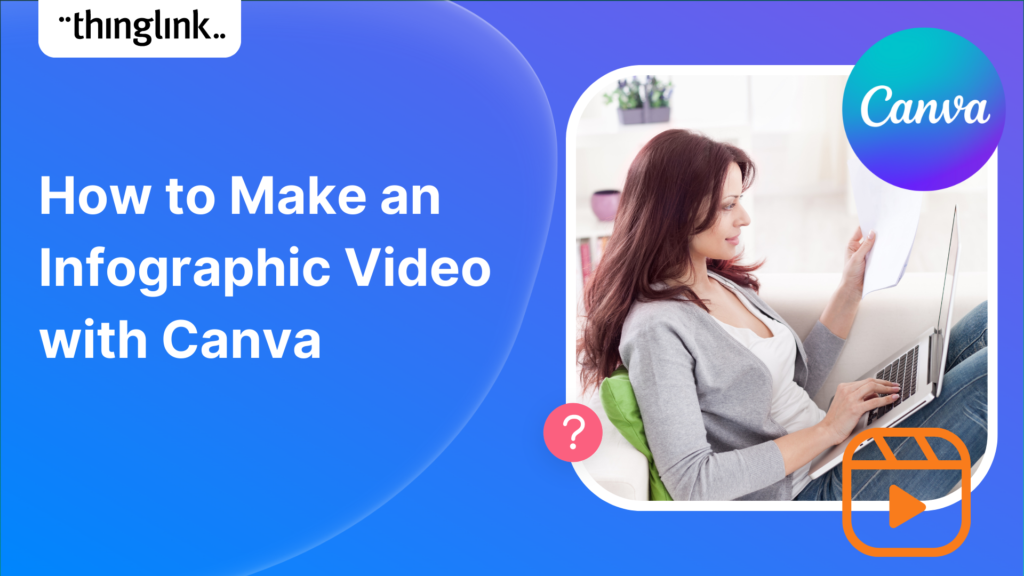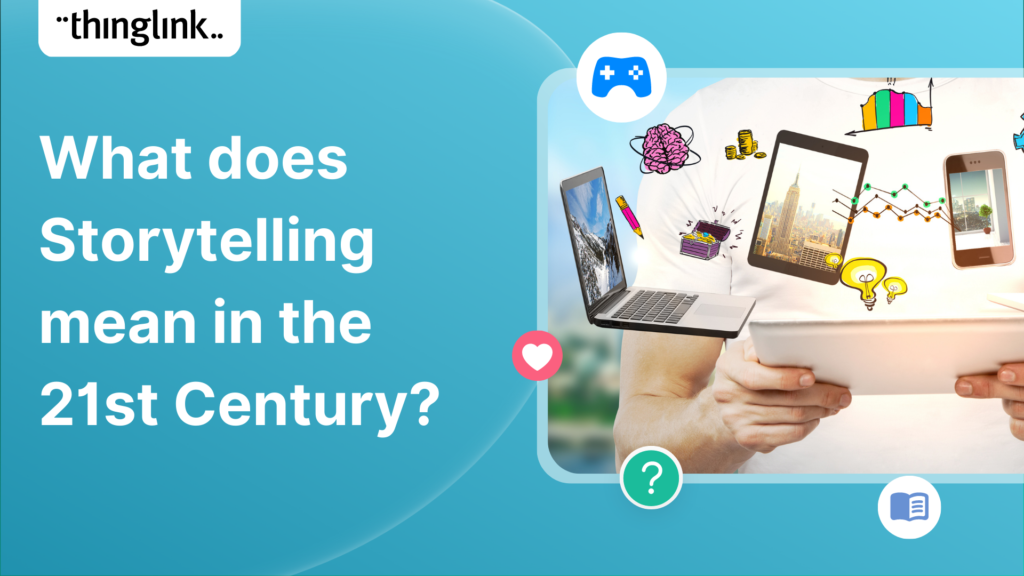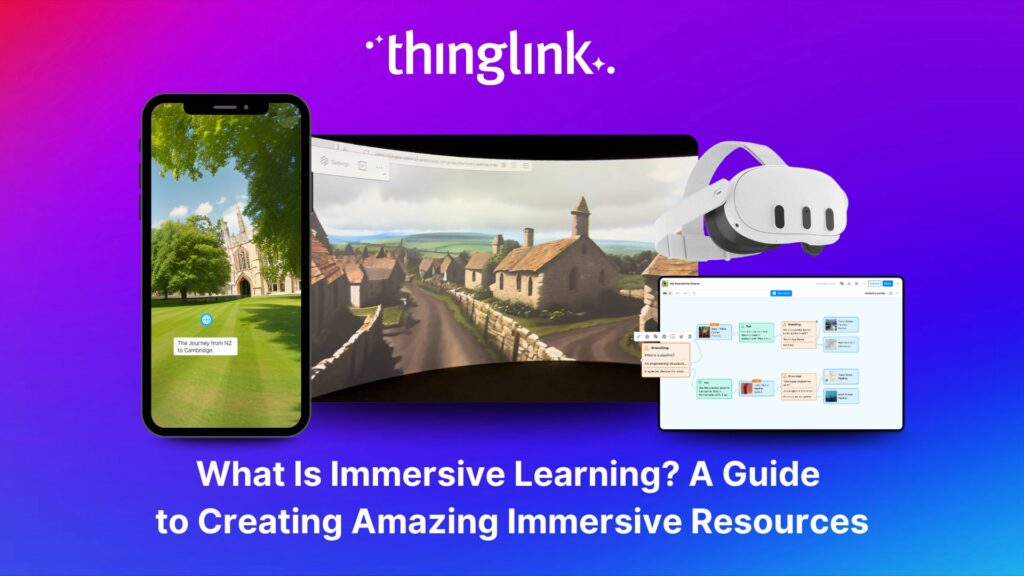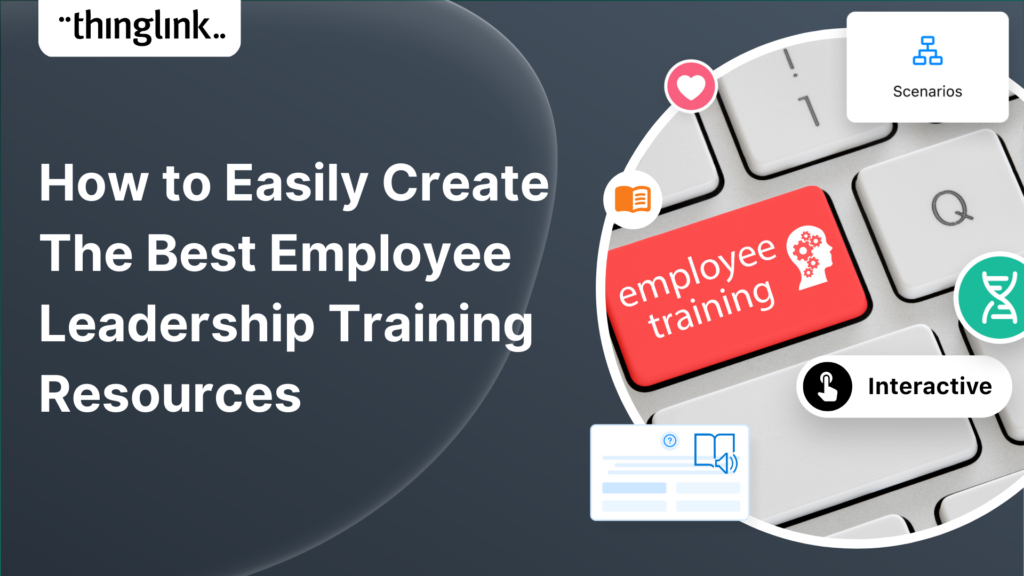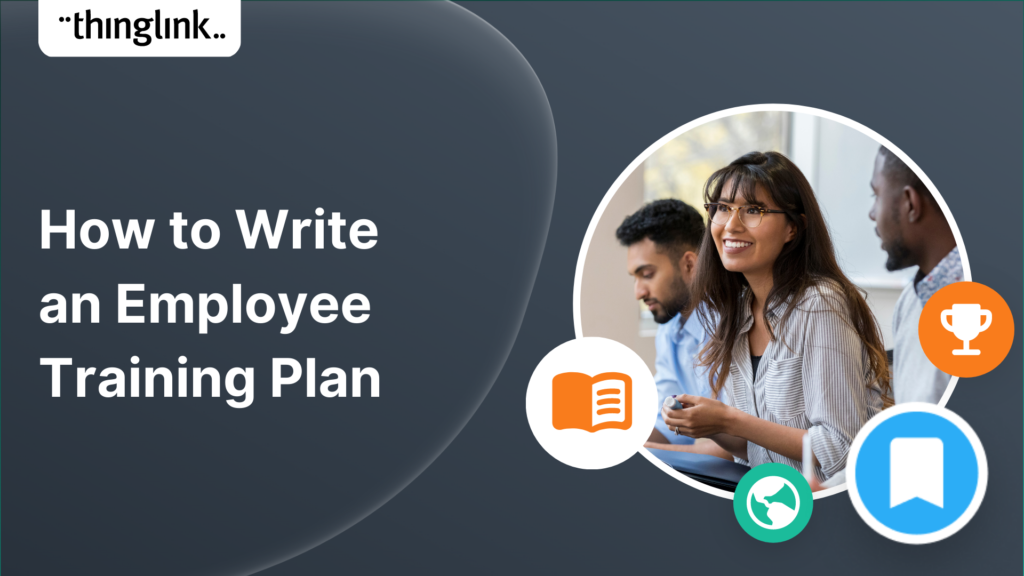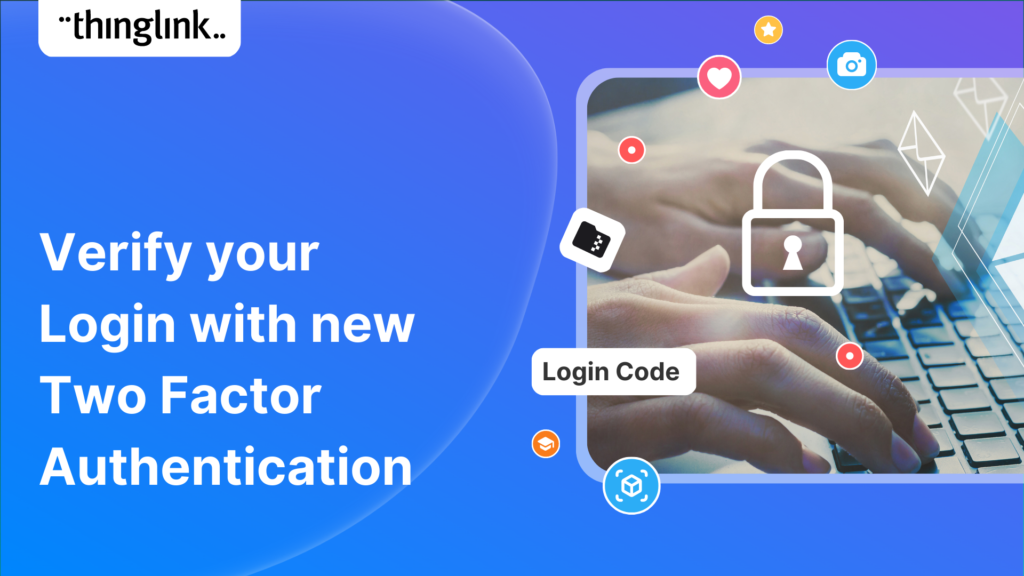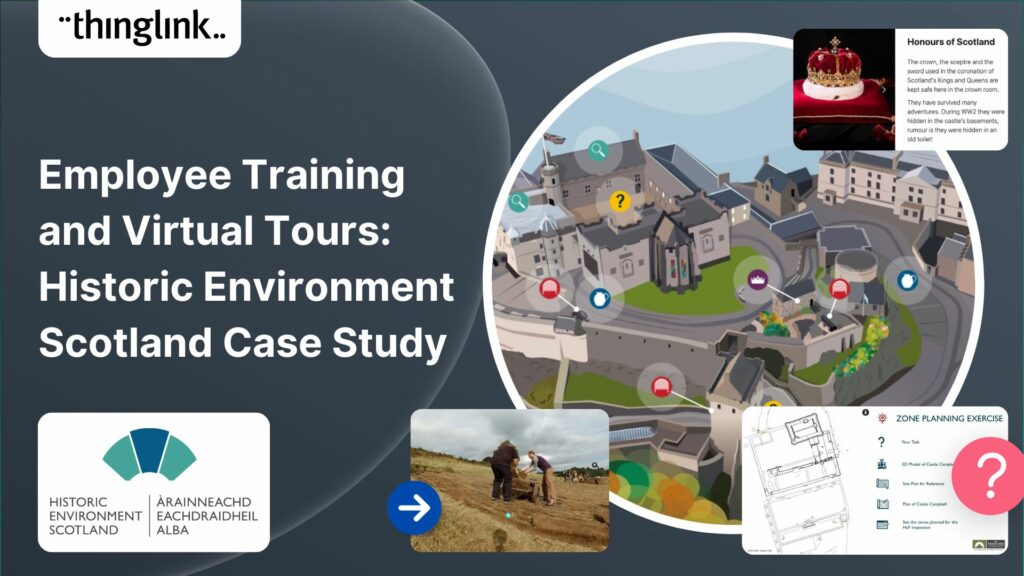
New Ways to Use ThingLink for Employee Training and Virtual Tours: Historic Environment Scotland Case Study
Caring for Scotland’s Heritage
Historic Environment Scotland (HES) was formed in 2015 when Scottish Government agency Historic Scotland merged with the Royal Commission on the Ancient and Historical Monuments of Scotland (RCAHMS). HES is responsible for historic sites, buildings and monuments in Scotland’s state care, as well as its national collections of manuscripts, drawings and photographs. HES also has a legislative role in protecting Scotland’s historic environment, and provides funding and guidance for conservation works and education. The organization cares for many of Scotland’s most famous and iconic historic attractions and listed buildings, such as Edinburgh Castle, Stirling Castle and Urquhart Castle.
HES have been using ThingLink on an organizational basis since 2021. In this case study we examine four different approaches that HES takes with ThingLink for creating and delivering both internal and external digital learning content:
– Employee training;
– Open online learning materials;
– Educational virtual tours for schools and other learning groups;
– On-site orientation guides.
Combined, they demonstrate the sheer versatility of the platform. It is essential reading for any organization tasked with creating employee training programs and providing learning for the wider public as a whole.
Book a free consultation
If you’d like to learn more about how to save resources and effectively support employees with impactful training, schedule a free call with one of our transformation consultants.
1. Interactive Course Materials for a Building Conservation Diploma
Employee Training and Accredited Courses
The Engine Shed is HES’s dedicated building conservation centre, and a hub for digital innovation and heritage science specialists. They are accredited by the Scottish Qualifications Authority (SQA) and National Open College Network (NOCN). They provide industry-leading training and learning activities and share technical knowledge about Scotland’s historic built environment. Their vision is for Scotland’s buildings and craft skills to exist for many future generations.
One significant course that the Engine Shed has developed is the SCQF Level 8 Diploma “Planning, Surveying, and Recording the Condition of Built Assets for Conservation”, launched in 2022.
Blended Learning
The course is currently available for HES employees only and is delivered as c.180 hours of blended learning, with the majority completed online via the Moodle LMS. The ThingLink content makes up a supplementary part of the material: a real-life case study which the students work through to apply their newly acquired skills and knowledge. Students undertake a number of exercises throughout the case study and can compare these to the actions taken during the real-life survey of Castle Campbell.
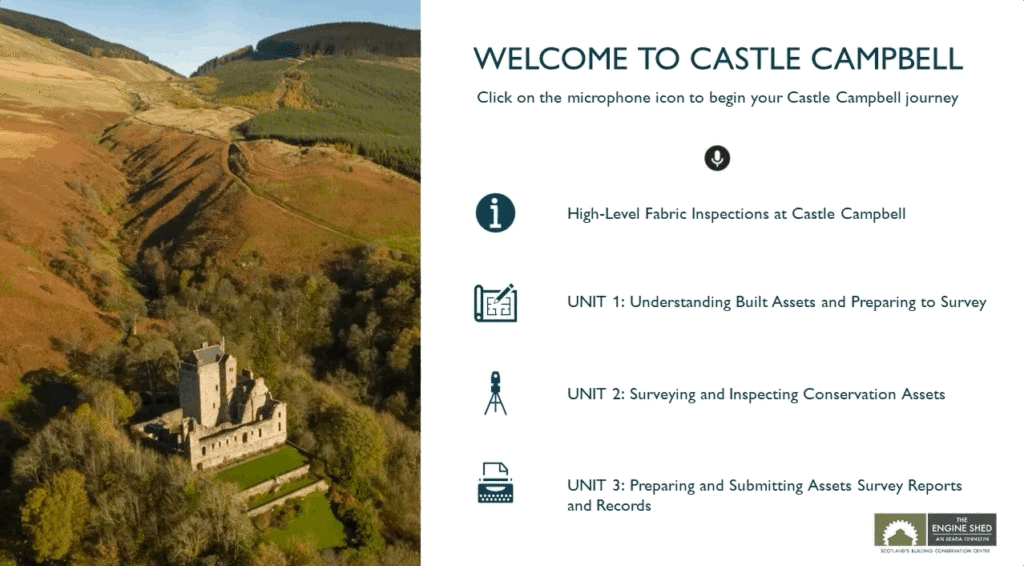
As the course was brand new, the case study was designed from scratch to be delivered using ThingLink, which informed the design of the background images and how they would work together as an online interactive learning resource. The learners explore the case study of Castle Campbell and move through the scenes and tags, which feature images, text, audio and video.
Almost all of the content is embedded within the ThingLink itself, other than an example survey report which is hosted on the publicly facing HES website and forms part of the study material. The team have made the material as accessible as possible, with all audio and video also provided as text transcripts.
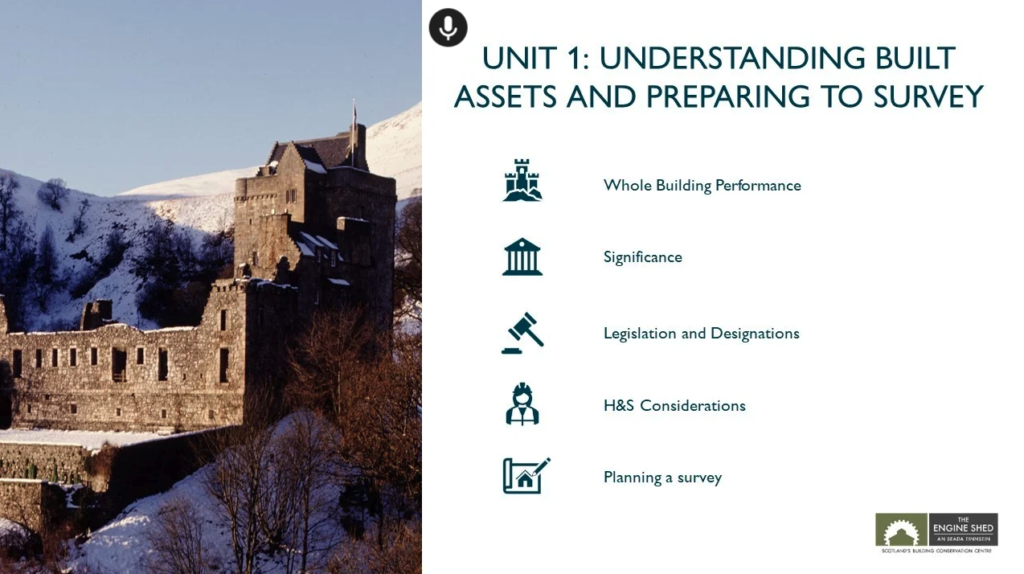
Joanna Westover, part of the team who created the training, reported that the learners found it engaging, enjoyable and intuitive, and appreciated the fact that all the study material was self-contained without any need to leave the ThingLink or the LMS to access information.
“ThingLink has been a great platform for both myself and learners whilst accessing the Castle Campbell case study via Moodle. There is a huge benefit to my learners as the case study developed a layout very similar to the course each learner is undertaking – Planning, Surveying, and Recording the Condition of Built Assets for Conservation (SAC8). The ThingLink platform is simple and effortless to navigate and is now a big part of my course overall including in class assessments and online learning.”
Jack Lawson, Training Manager, Historic Environment Scotland
2. HES’s Interactive and Immersive Public Learning Content
This set of atmospheric and engaging 360 resources in ThingLink were envisioned and developed by Katie Carter, HES Circular Economy Project Officer, and Erin Fowler, HES Carbon and Circular Economy Trainee. They wanted to capture some of the raw materials that make up Scotland’s traditional buildings in their original environments as an immersive experience that was accessible to a wide audience.
Each virtual tour consists of 360 images, videos, or a mixture of both. They contain embedded information about the nature and properties of the specific building material, about its sustainability credentials, and even further video case studies about training in traditional building construction.
Below: Turf from Comrie Croft, Perthshire
In the example above, the material is presented as a virtual tour of the site in 360 video format. This not only gives an immersive insight into the environment where the turf originates, but also shows the fascinating harvesting and building processes in action. The first video shows the turf cutting in action, the second shows the beginning of the build, and the third shows the base of the structure taking shape.
Embedded within the middle video is another video showing turf being used to build a structure at a more advanced stage, where the builder has reached the point of adding a window!
Below: Timber on the Mar Estate, Highland
The ThingLinks were gathered together and embedded in this blog on the Engine Shed website, for members of the public to learn more about where the materials come from and how they have traditionally been gathered or harvested. Each of the 360 site tours can be viewed in VR, and the creators have also enabled the accessibility function via the accessible web view link to ensure as wide an audience as possible can engage with the information contained in the interactive tags.
Adding the Information and Navigation to the Virtual Tours
The tag icons have been applied consistently to help the user navigate the tour and information.
- The i tag: Introductory information about the building material, with a link to find out more on the HES website
- The Earth tag: Sustainability features of the material
- Arrow tags: Move to the next part of the virtual tour or back to the start
- Locator pin tag: Information about the exact location of the site
- Video tag: Embedded HES video showing the material being used in building construction
- Tools tag: Further information on how the material is harvested and used in construction
“360 content is a wonderful way of providing virtual access to places that may not be accessible otherwise. This platform allows us both to showcase 360 imagery and film, as well as layer those virtual spaces with bespoke annotations and information. It allows us to not only appreciate the beauty of a field of heather, or the reed beds of the Tay, but enhance our understanding of their connection to the thatched roofs that are made from that raw material.”
Sophia Mirashrafi, Senior Digital Innovation Officer, HES
Below: Slate at Aberfoyle
3. Interactive On-site Orientation Maps
Using ThingLink to create interactive orientation maps came about when HES were reopening Bonawe Iron Furnace to visitors post-COVID. HES’s usual reopening approach was to provide wayfinding on Tensa posts (the retractable stretch belt barriers, often used at airports). However at Bonawe, there would only ever be a single staff member on site, so this approach wasn’t going to work. Essentially, visitors arrive onsite at the “wrong place”, ie potentially part way through the logical sequence of the visitor journey. The additional Tensa infrastructure that would need to be put out and brought in on a daily basis would simply be too much for one person to manage.
To help visitors find their way around, HES Interpretation Manager Gavin Glencorse created a thinglink using illustrations that had been created for the souvenir guide. Numbered hotspots were added to direct visitors along the correct visitor route. As budget was limited for the HES re-opening, Gavin found open source and public domain imagery that could be used as supplementary interpretation of the site. He also wrote some additional text for the new images. This was all completed fairly quickly as HES were opening up multiple sites weekly, so time to create any additional content for each property was limited. You can explore the thinglink below.
How would visitors interact with the digital orientation?
Bonawe Iron Furnace is only open part of the year, so HES wanted to include a busier location to build a more detailed picture of how visitors reacted and interacted with digital orientation. Blackness Castle (below) was selected as there was a large amount of digital content that could be used, which also meant that the thinglink could be generated quickly.
Easy and fast to create and update in ThingLink
Similarly to Bonawe, public domain and open source imagery was included where there were any content gaps for the Blackness Castle thinglink. Amazingly, it was created in just one afternoon, so that it could meet the weekly printing deadline for re-opening artwork.
The Bonawe Furnace thinglink has had a content update since going live. High level masonry issues onsite meant that a lot of the site had to be closed off behind fencing for the safety of visitors. Supplementary interpretation that Gavin had created was now inaccessibles, so he incorporated both soundscapes he had made for it into the thinglink so that visitors could hear the sounds of the furnace and lade as they may have sounded when the site was in operation. Open tag 6 to listen!
Maps presented to visitors via own-device delivery
The interactive orientation is an own-device delivery. Gavin has created signage for both sites that includes a QR code taking them to each thinglink. The signage is included at the admissions point so that it can be on-device at the start of the visit. Staff at both sites have been briefed to encourage visitors to download from the QR codes as both sites have their own challenges with wayfinding.
Increasing accessibility to sites
HES has a remit to create alternative access to their sites, so as part of this, Gavin will be creating and testing a virtual visit in ThingLink later on this year for use as part of HES’s access tablet project (site still to be confirmed). There will be an evaluation of how the thinglink version performs against the existing bespoke iPad delivery which incorporates audio, graphics, hotspotted 360 imagery and additional ‘Easter egg’ content. This will allow visitors with different access needs to have a visit that’s every bit as engaging as visitors who can access the site fully. The additional Easter eggs are to deliver content that won’t be seen on the usual visitor journey whether using Collections objects, offsite elements or inaccessible spaces that only HES staff are able to visit.
The temporary ThingLink solution becomes permanent
The original intention was that the thinglinks would be withdrawn as things normalised post-COVID. As they now fulfil a useful function and have made it easier for visitors to navigate the sites, HES have retained them as part of the onsite delivery at both sites.
Responses to the ThingLink solution
Response from both site teams has also been very positive. There have been encouraging comments by staff about how each thinglink is helping to provide better orientation at tricky-to-navigate sites.
At Blackness Castle in particular, engagement statistics are very encouraging, showing that the thinglink has received over 14,500 visitor views.
“We’ve had anecdotal evidence from both properties that the visitors like using the maps. The site teams have both commented on how useful it is for visitors. It’s also been well received at site level as a way of bringing in a digital element to the visitor experience that was unavailable before.”
Gavin Glencorse, Interpretation Manager, HES Marketing and Engagement Directorate
As a result, Gavin is now planning a further tranche of interactive maps for sites where navigation is an issue.
4. Interactive guides and virtual tours for younger visitors
For younger learners, HES also created this Edinburgh Castle interactive map and tour.
The ThingLink is linked on HES’s learning groups webpages and it’s also emailed as a link to education groups who are looking for more digital information – mainly primary schools or other learning settings.
The interactive tags highlight some of the key features of the castle, and are all color- and symbol-coded to guide learners as to the type of content that’s contained within. Some tags contain information about the particular point of interest as text and images, often asking the learners to consider meanings, purposes and what life was like for castle inhabitants. Some contain educational videos as links or direct embeds, and there’s also a link to a 3D model of the castle. The learners are given a key on the first page to guide them through the tag content.The learners can also move around three different areas of the castle by selecting the magnifying glass tags, which take them to a new part of the tour.
The virtual tour of the castle has been a huge success with its target audience, engaging virtual visitors with over 10,500 views so far.
The team are also able to make use of the statistics features to assess which of the tags are engaging the learners the most. Read more about how to use ThingLink statistics here.
This way to learn more!
Learn more about the work of Historic Environment Scotland at www.historicenvironment.scot – why not arrange a learning visit, explore their free learning resources? You can even sign up for a course in building conservation skills at The Engine Shed.
Discover more ThingLink examples in the construction and building conservation sector here:
How ThingLink is being used in employee training and development
Read how to improve accessibility in your online training and development programs
